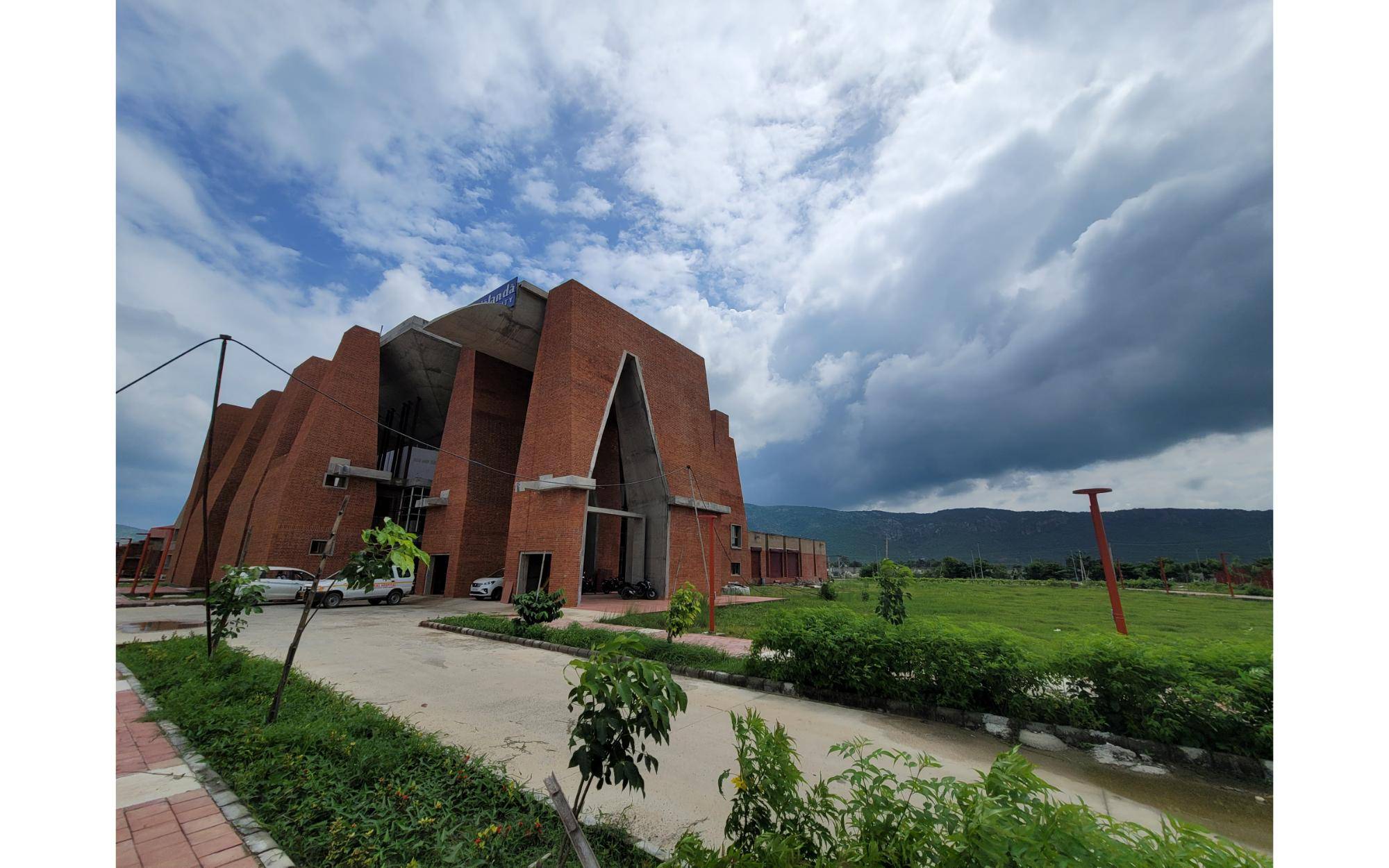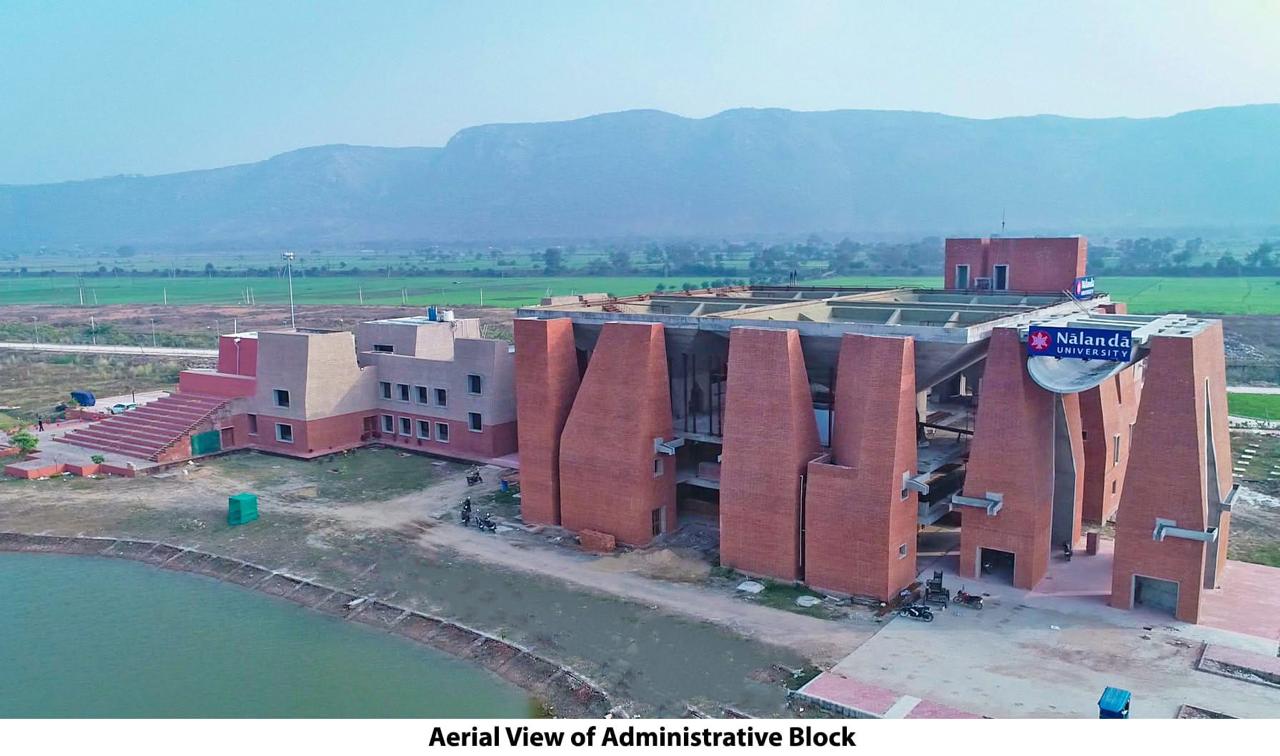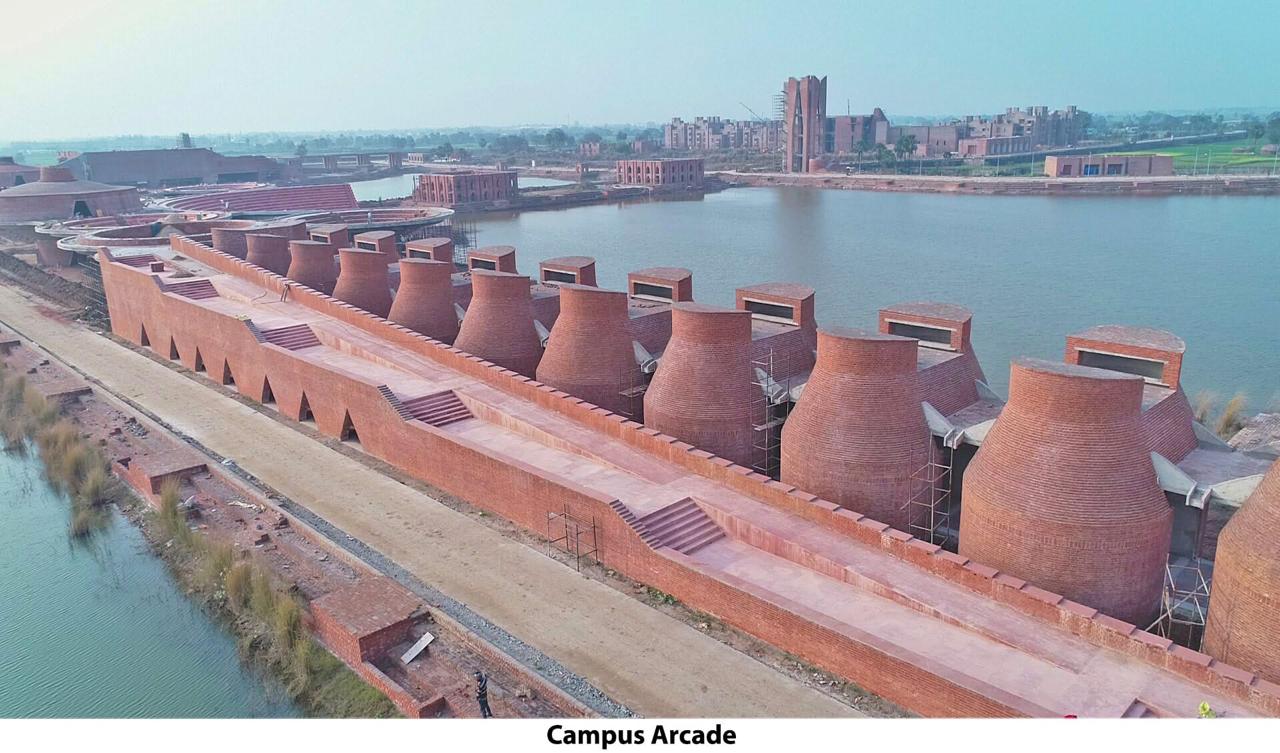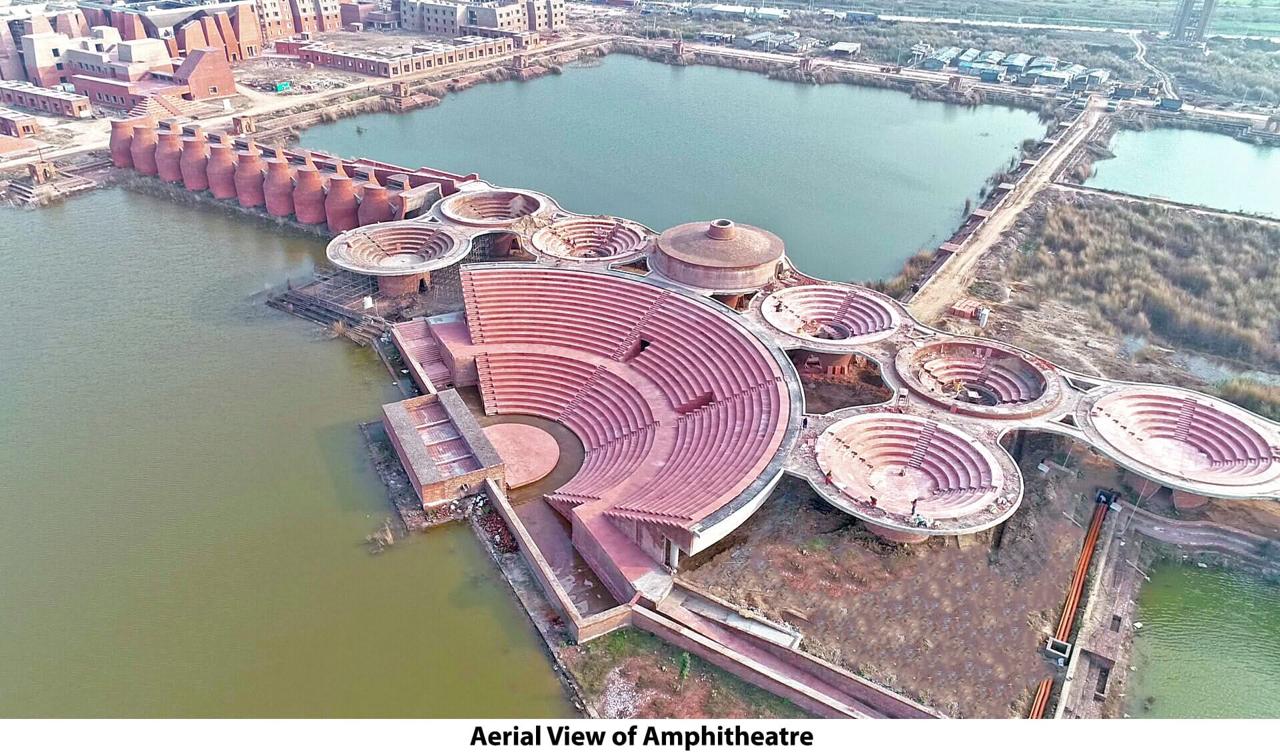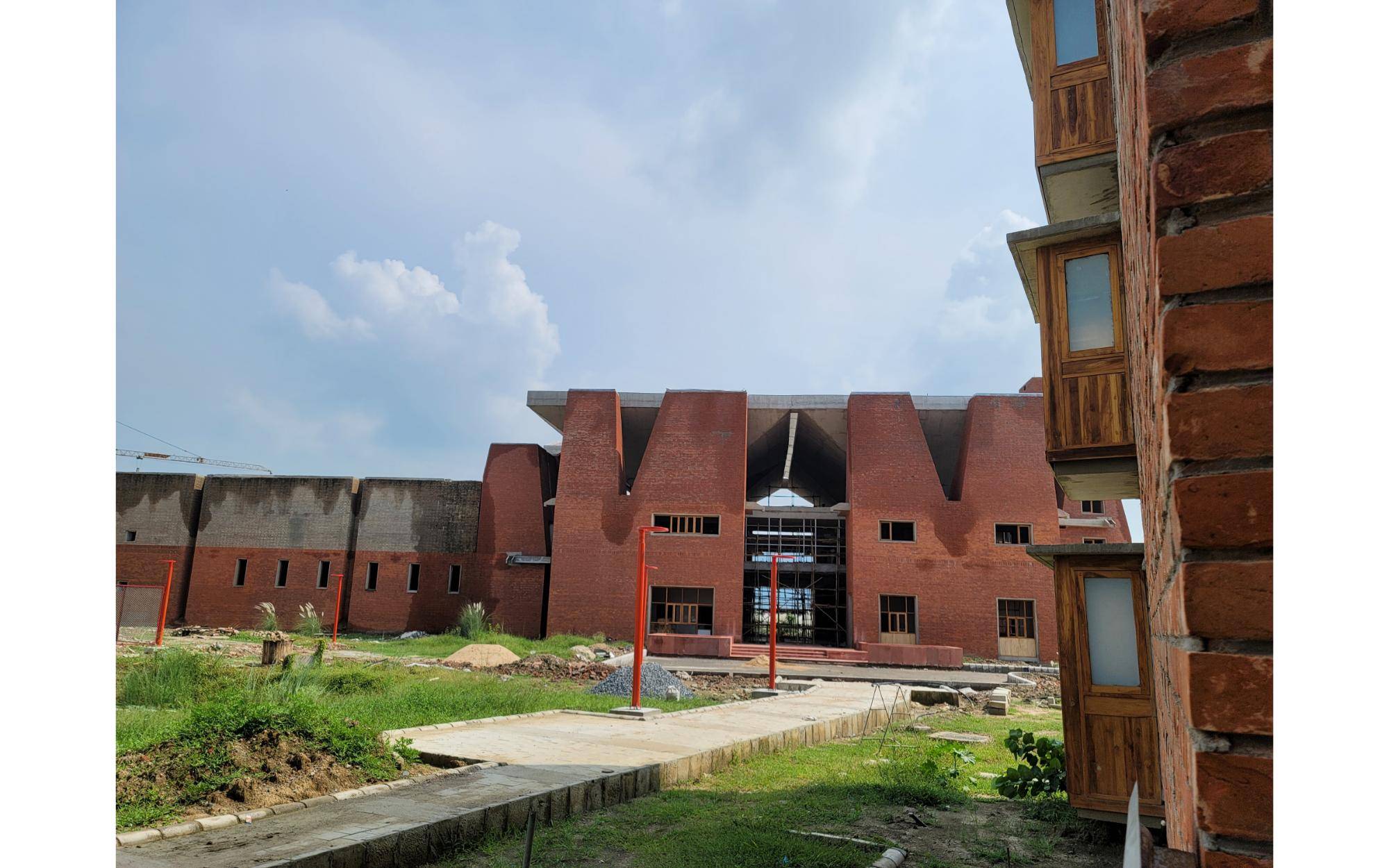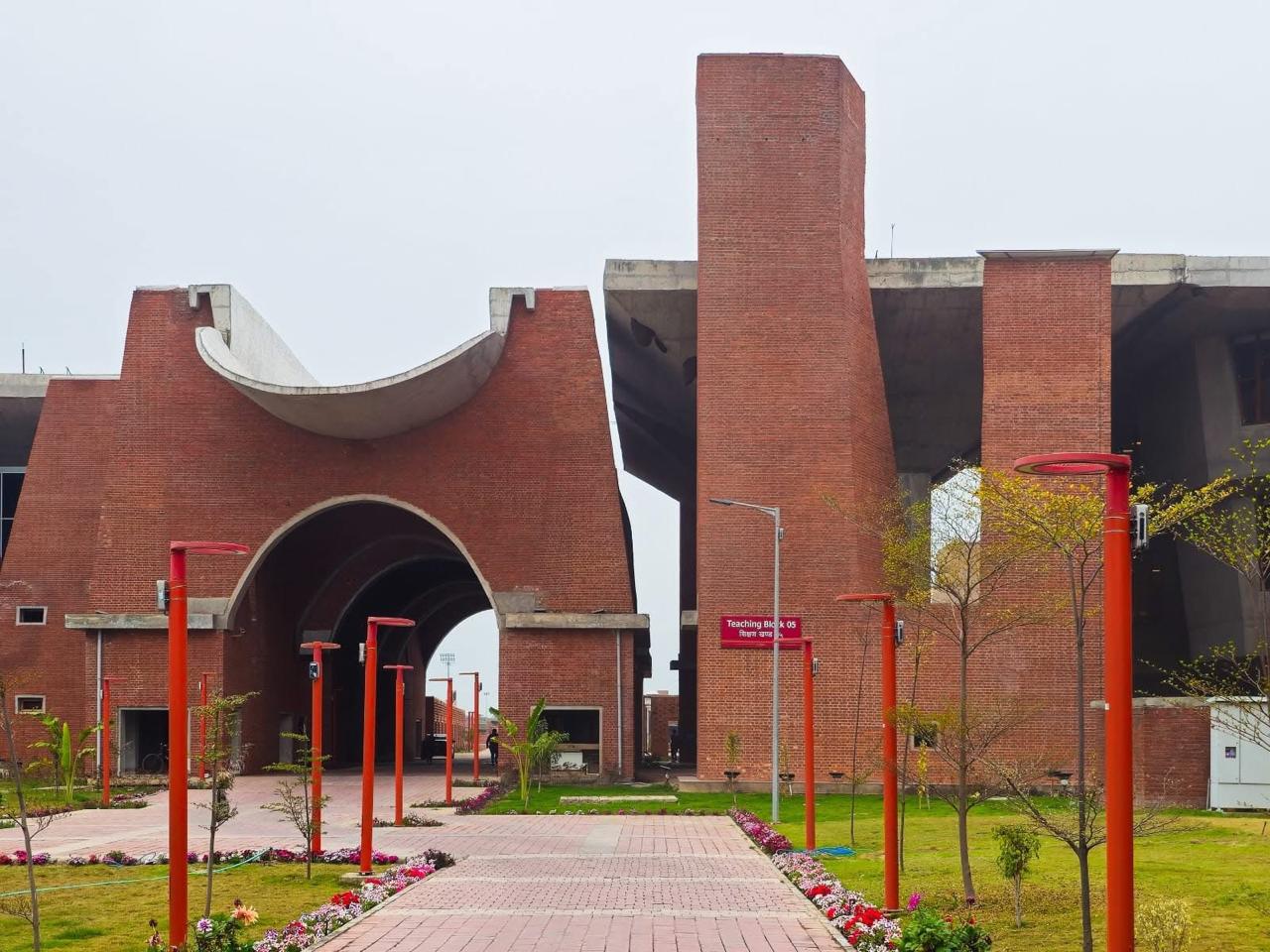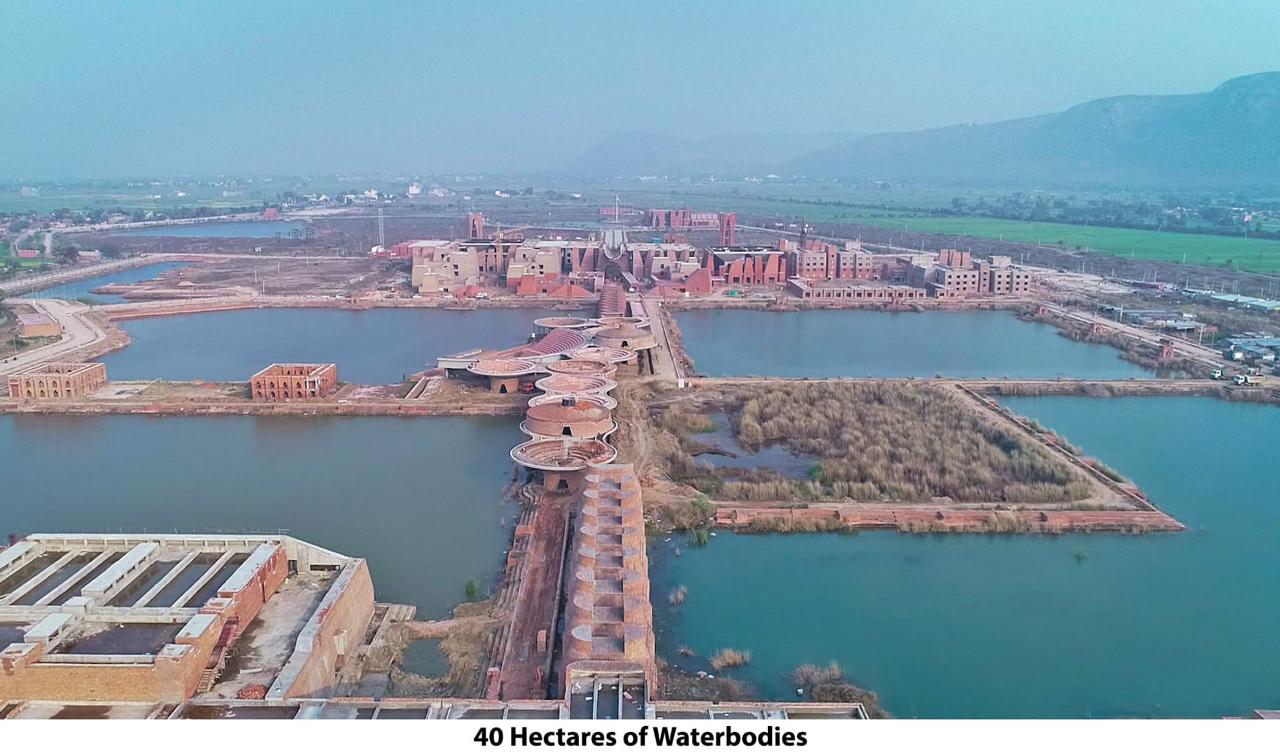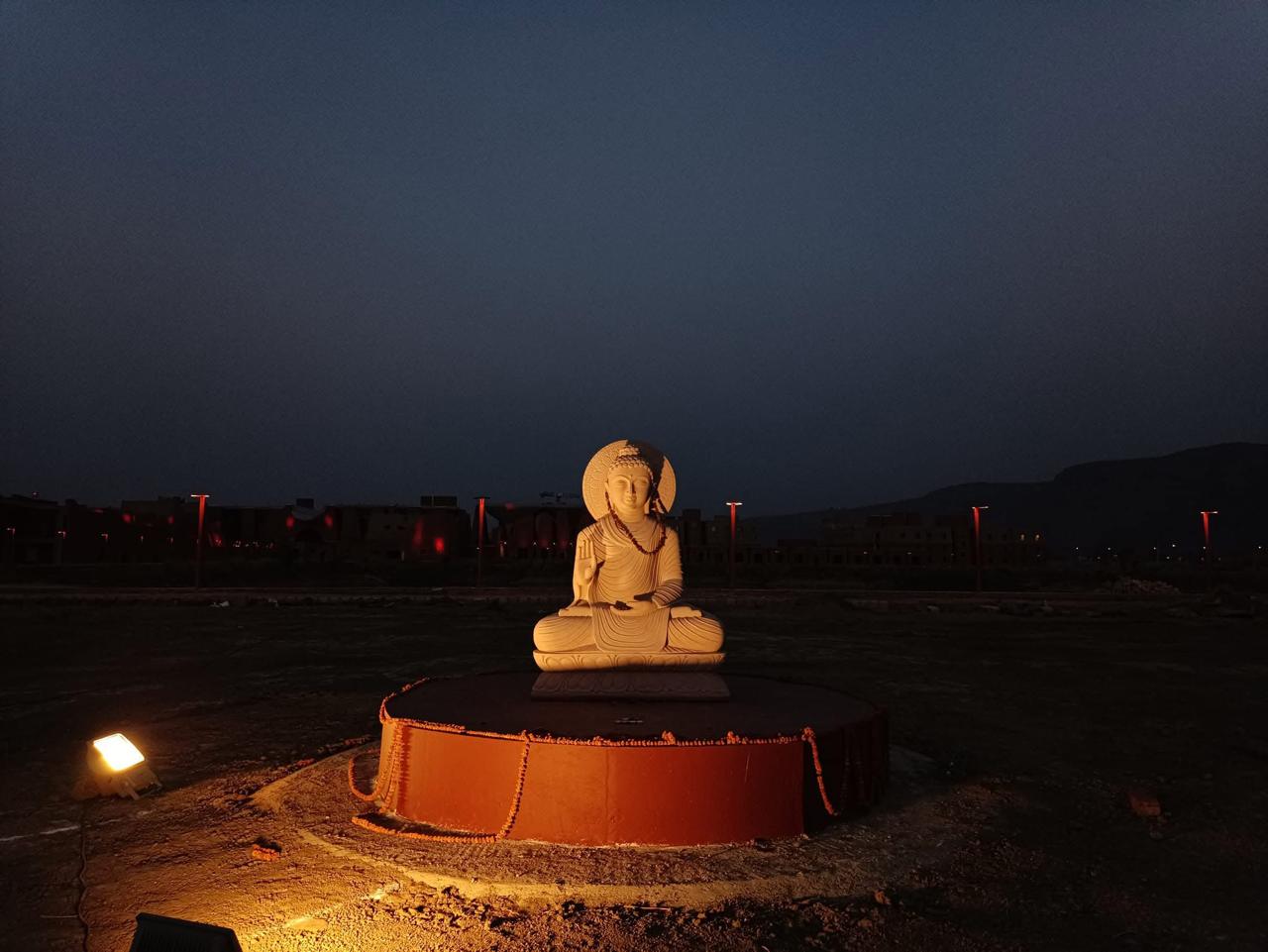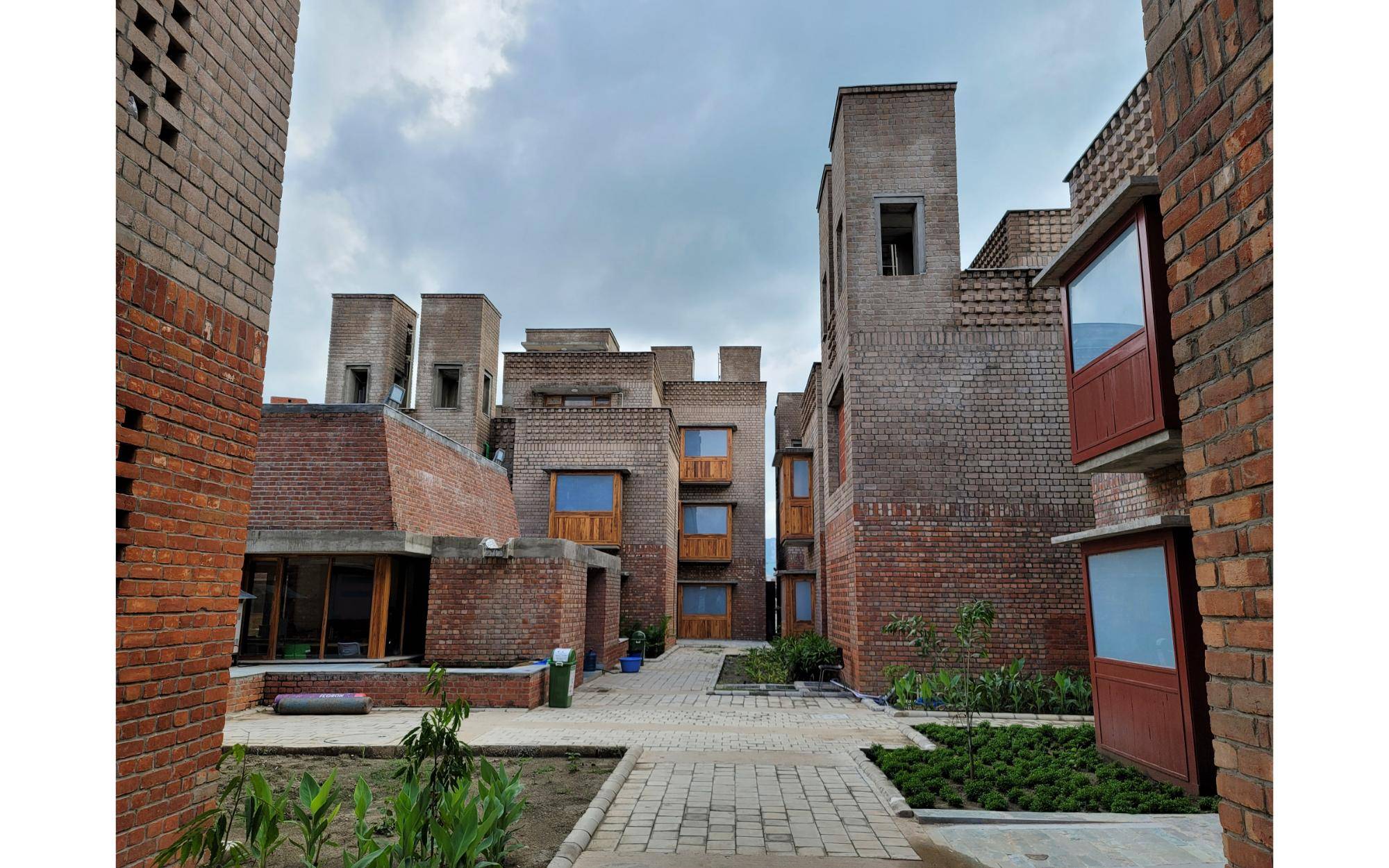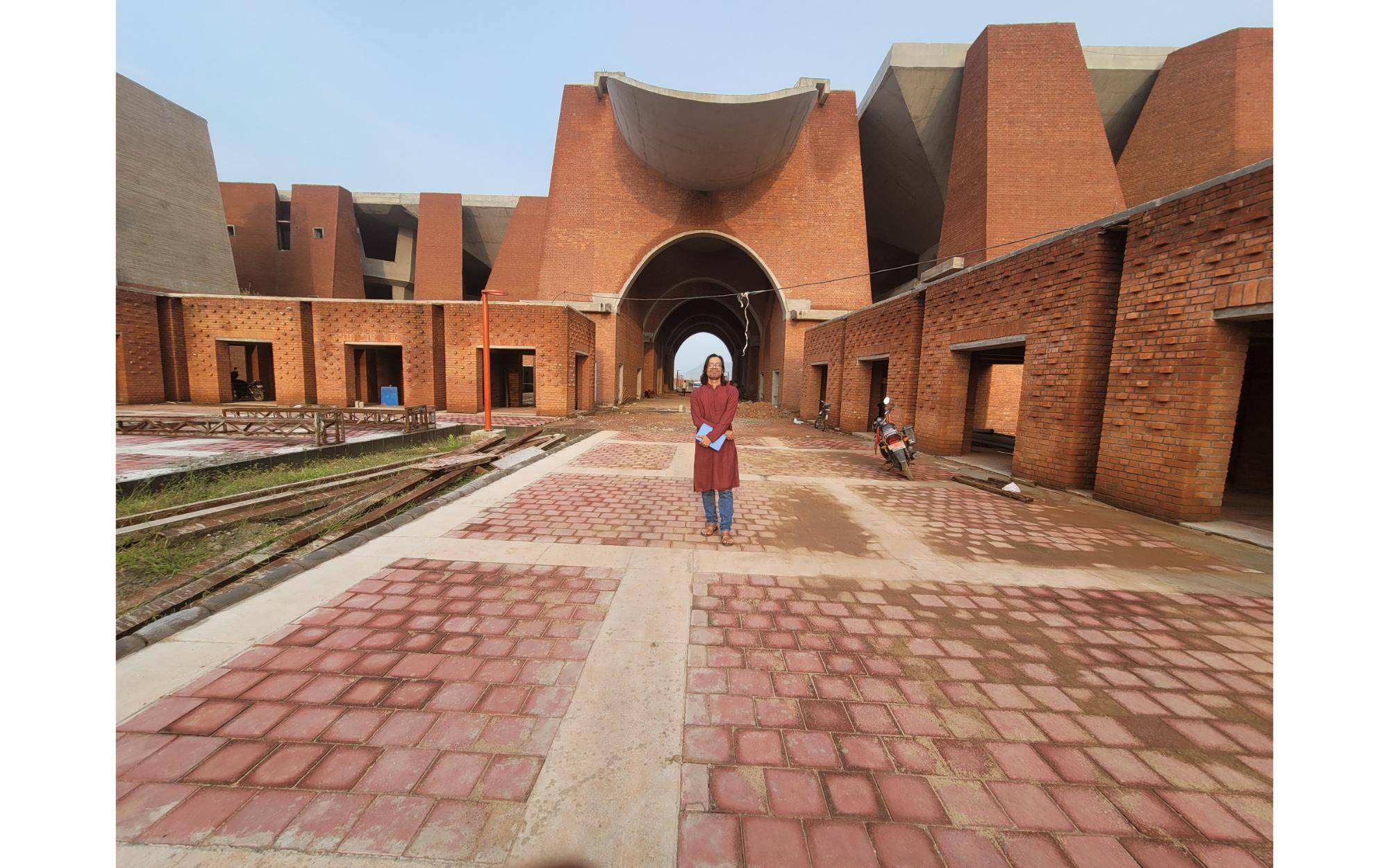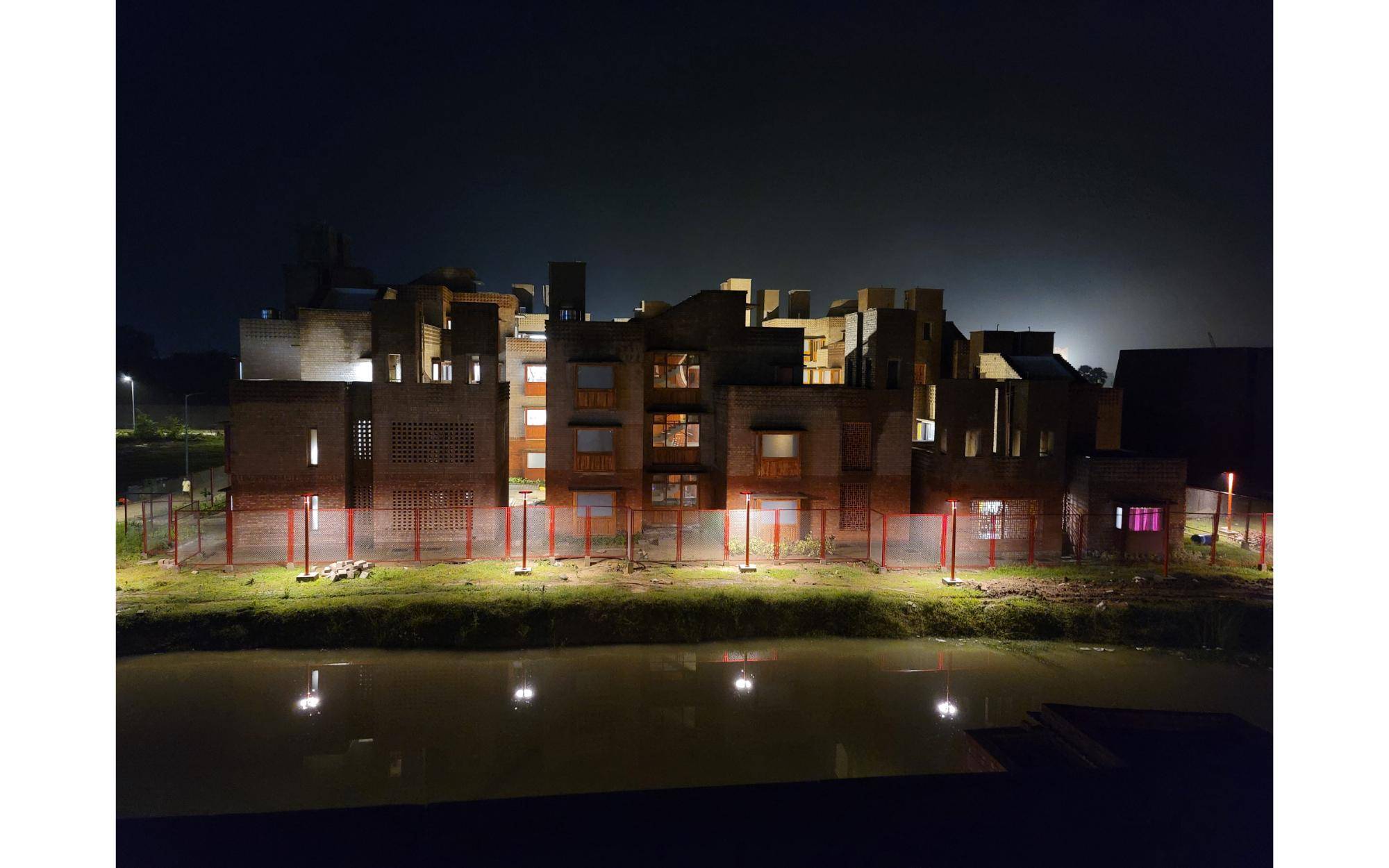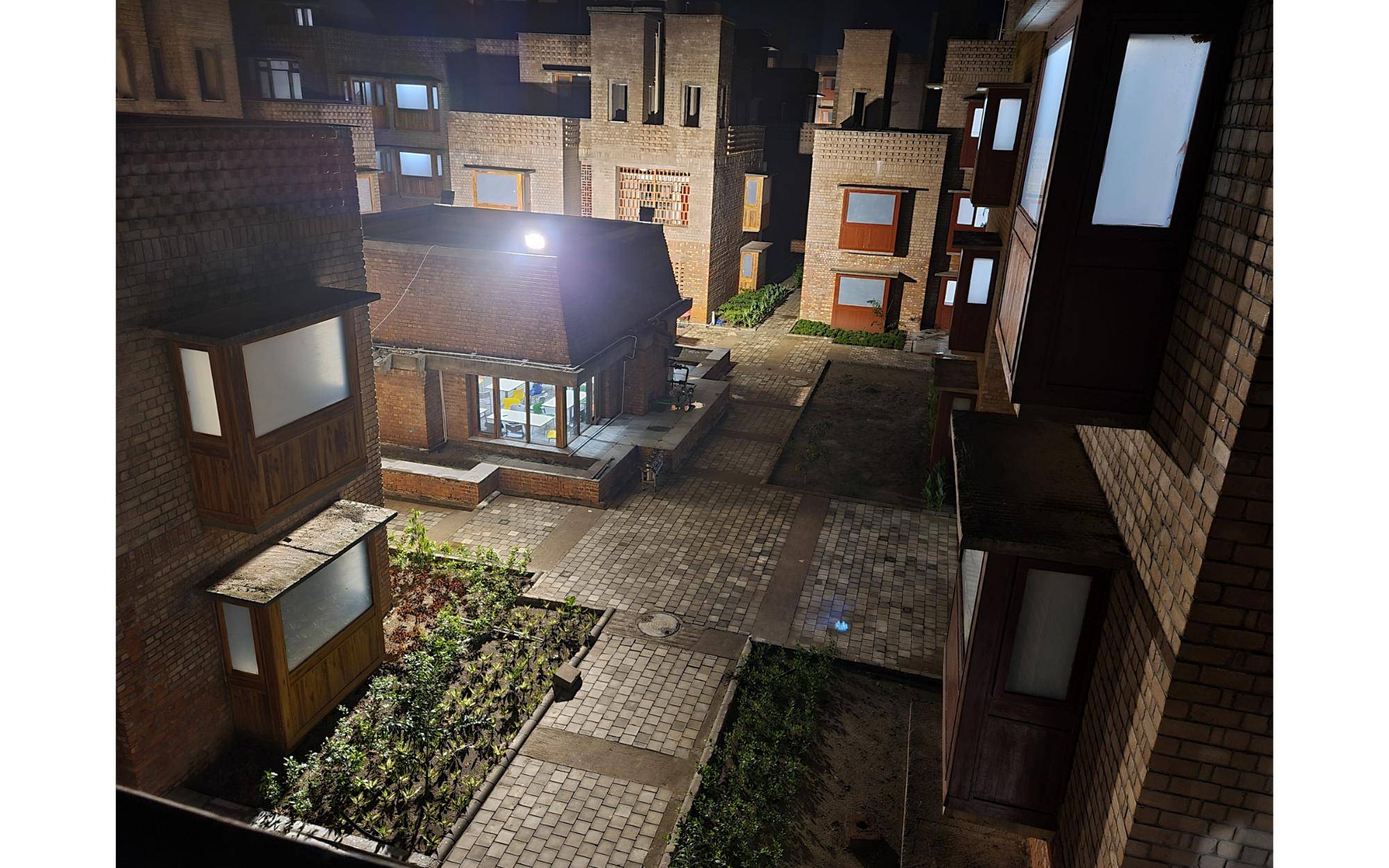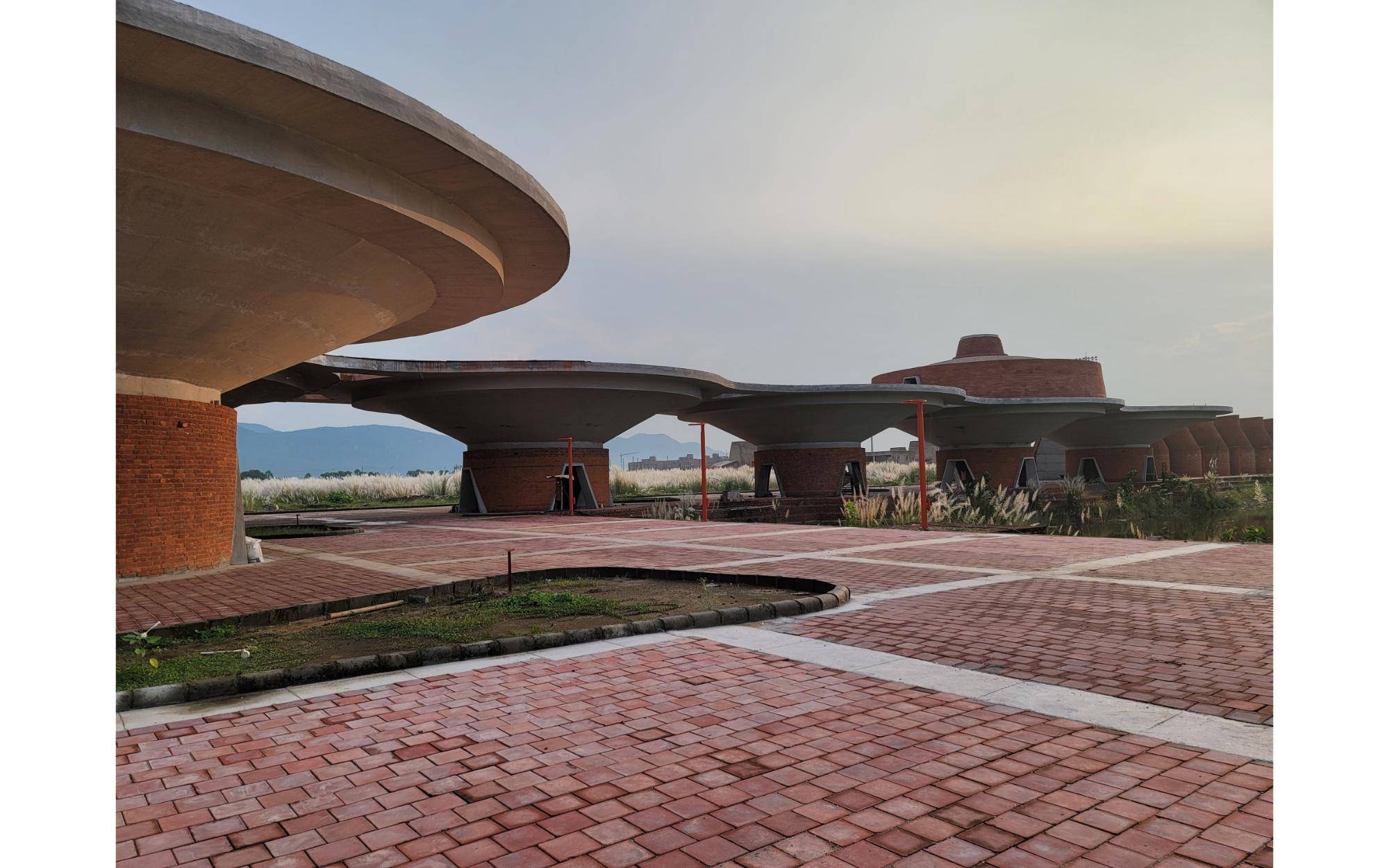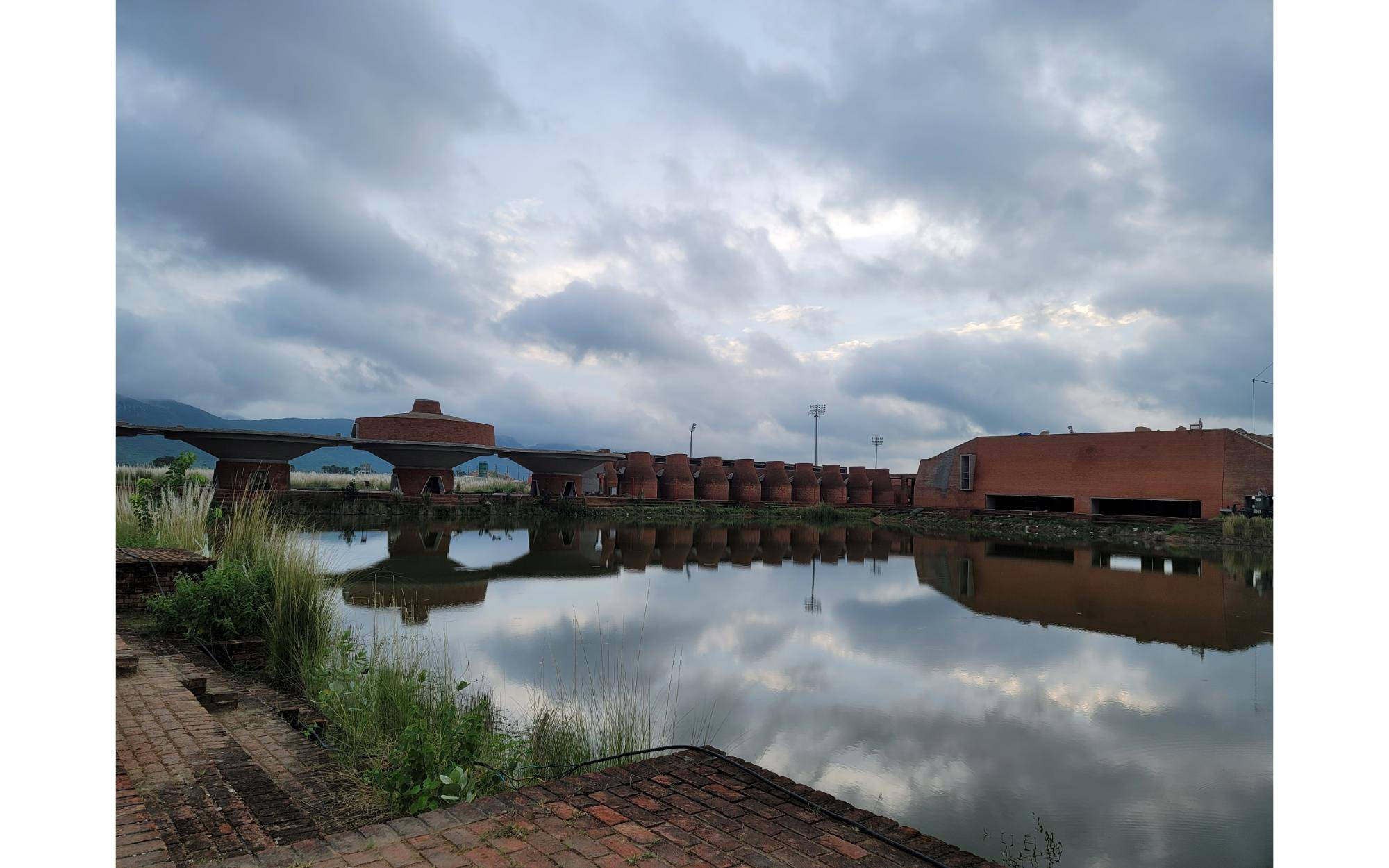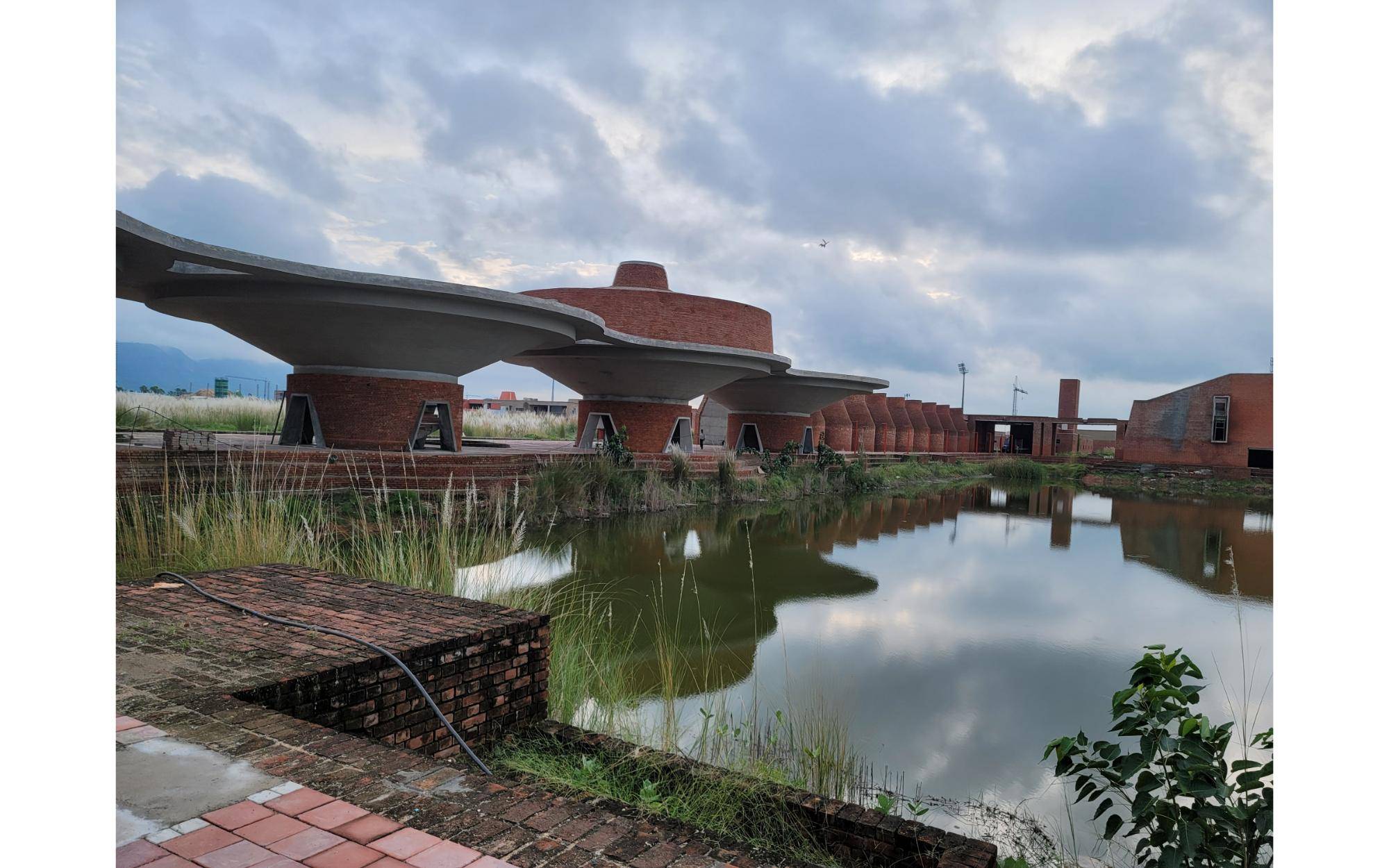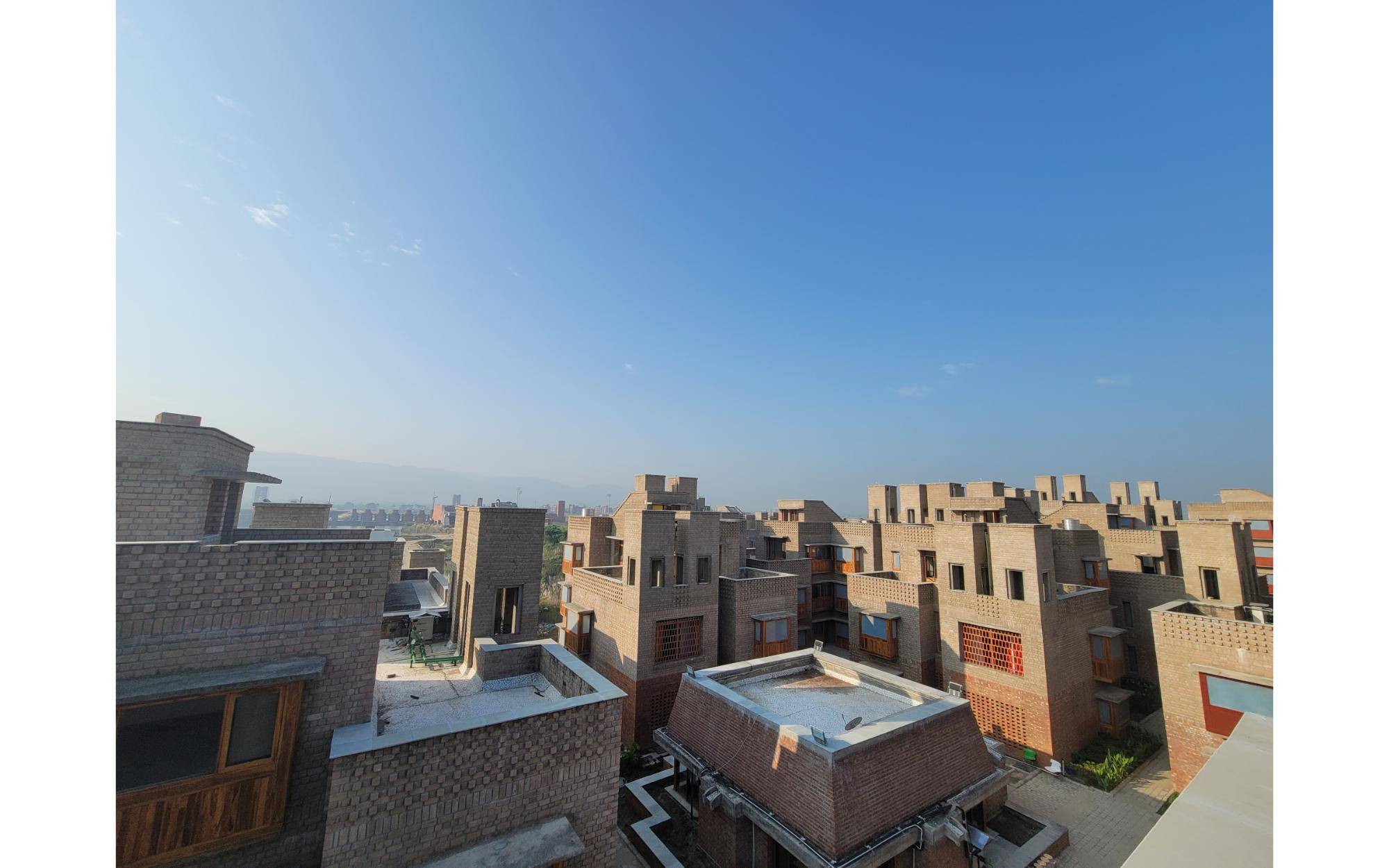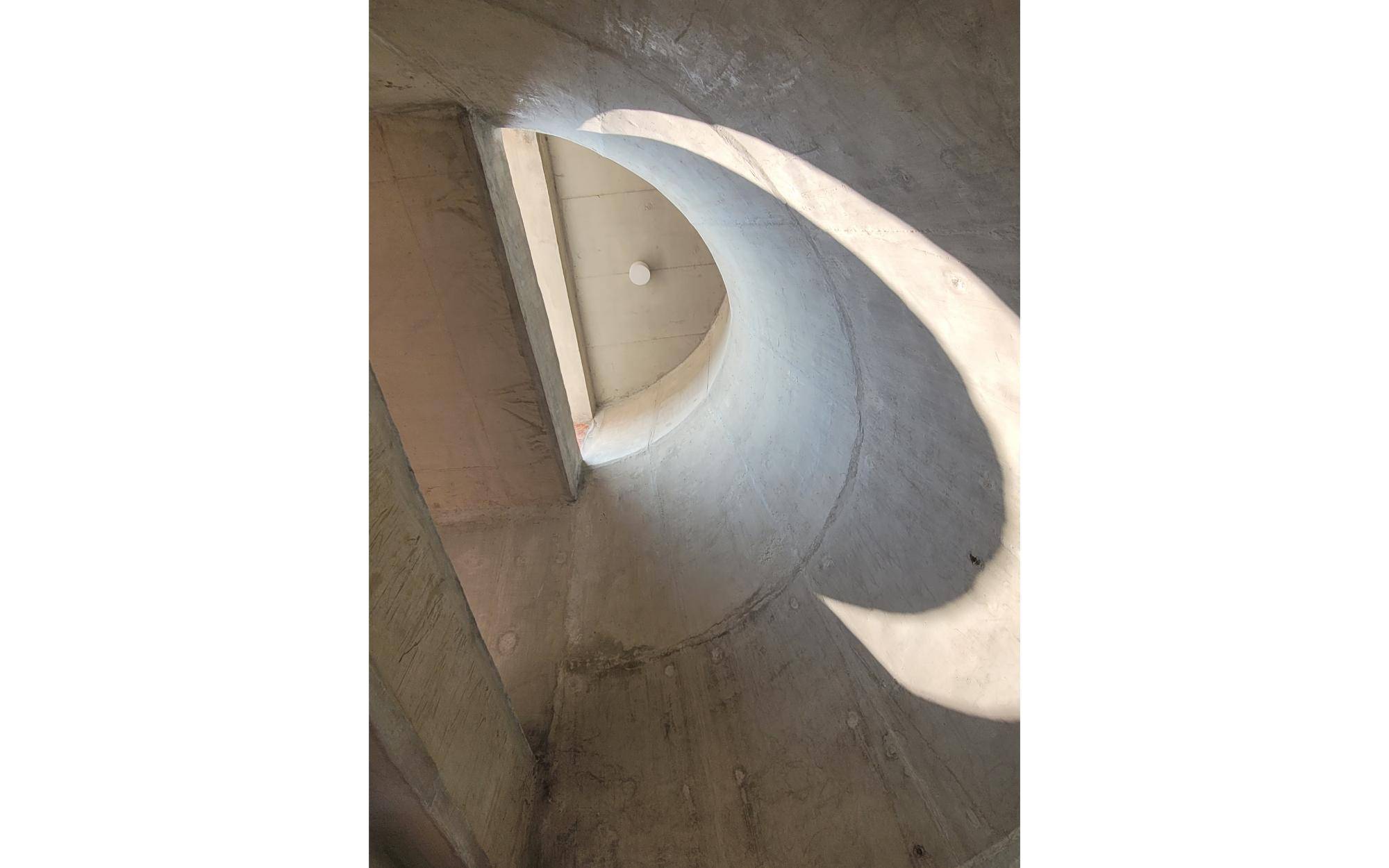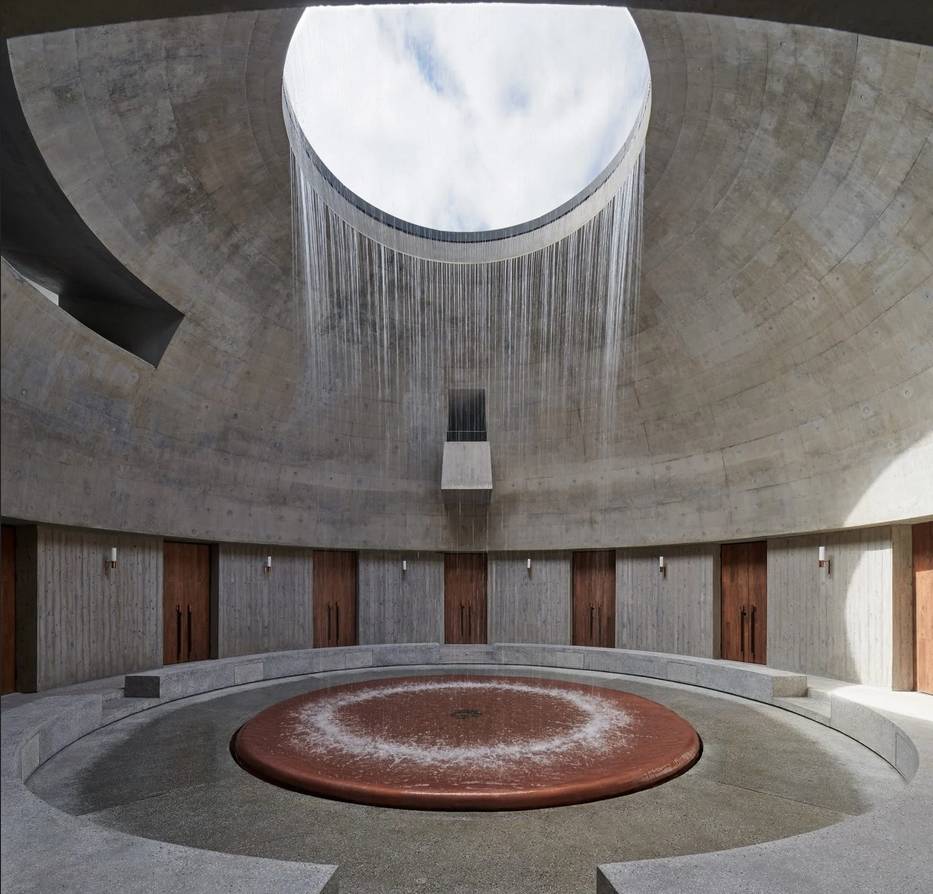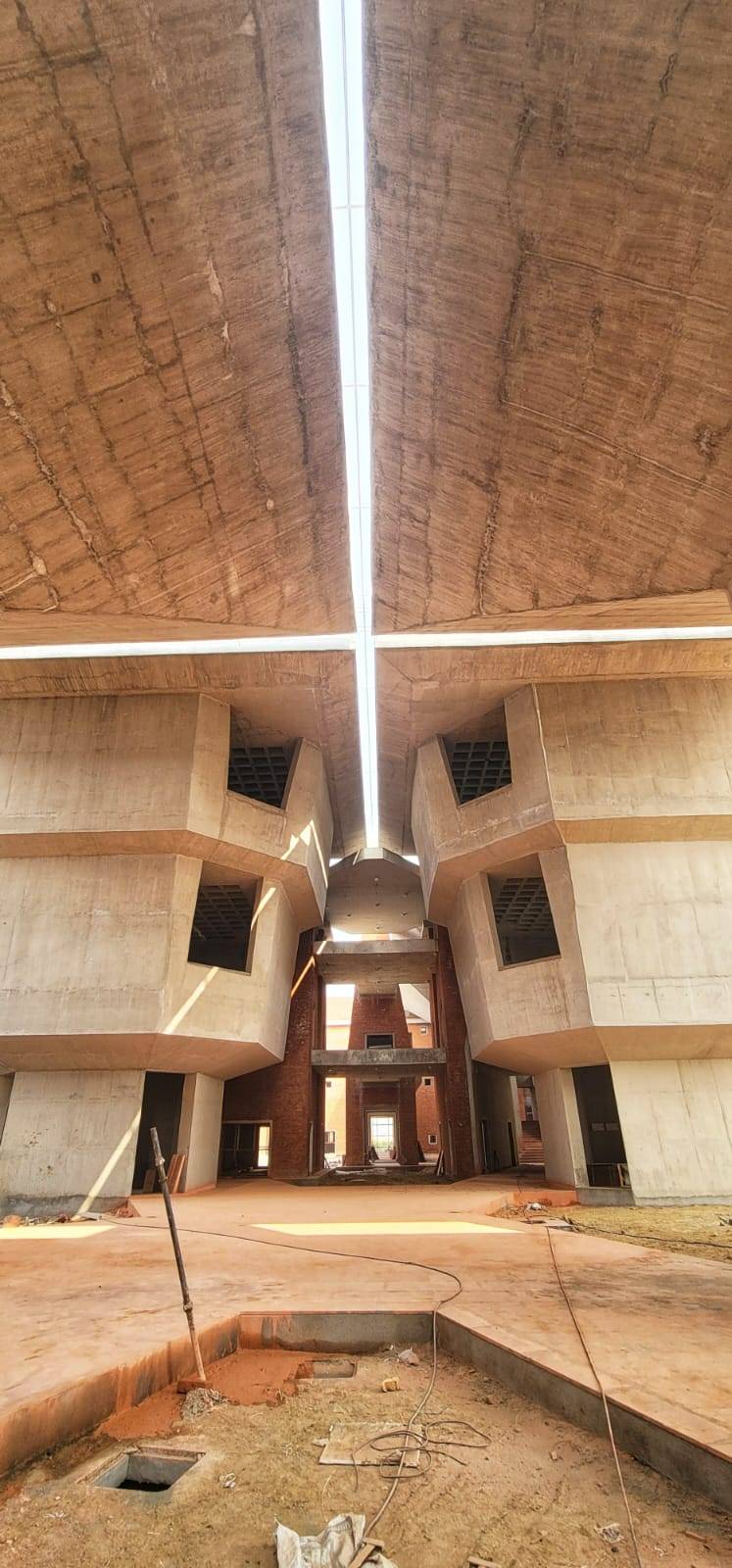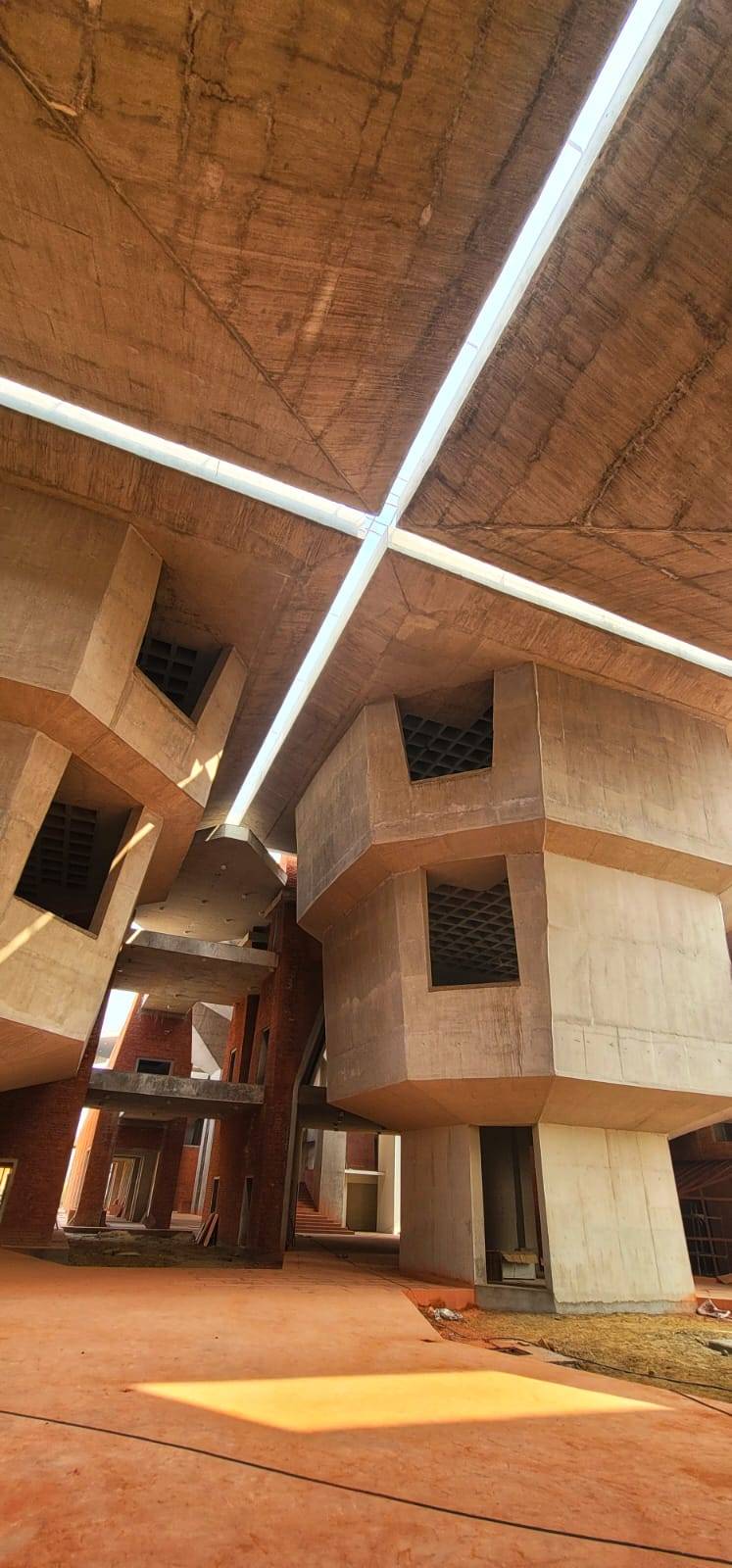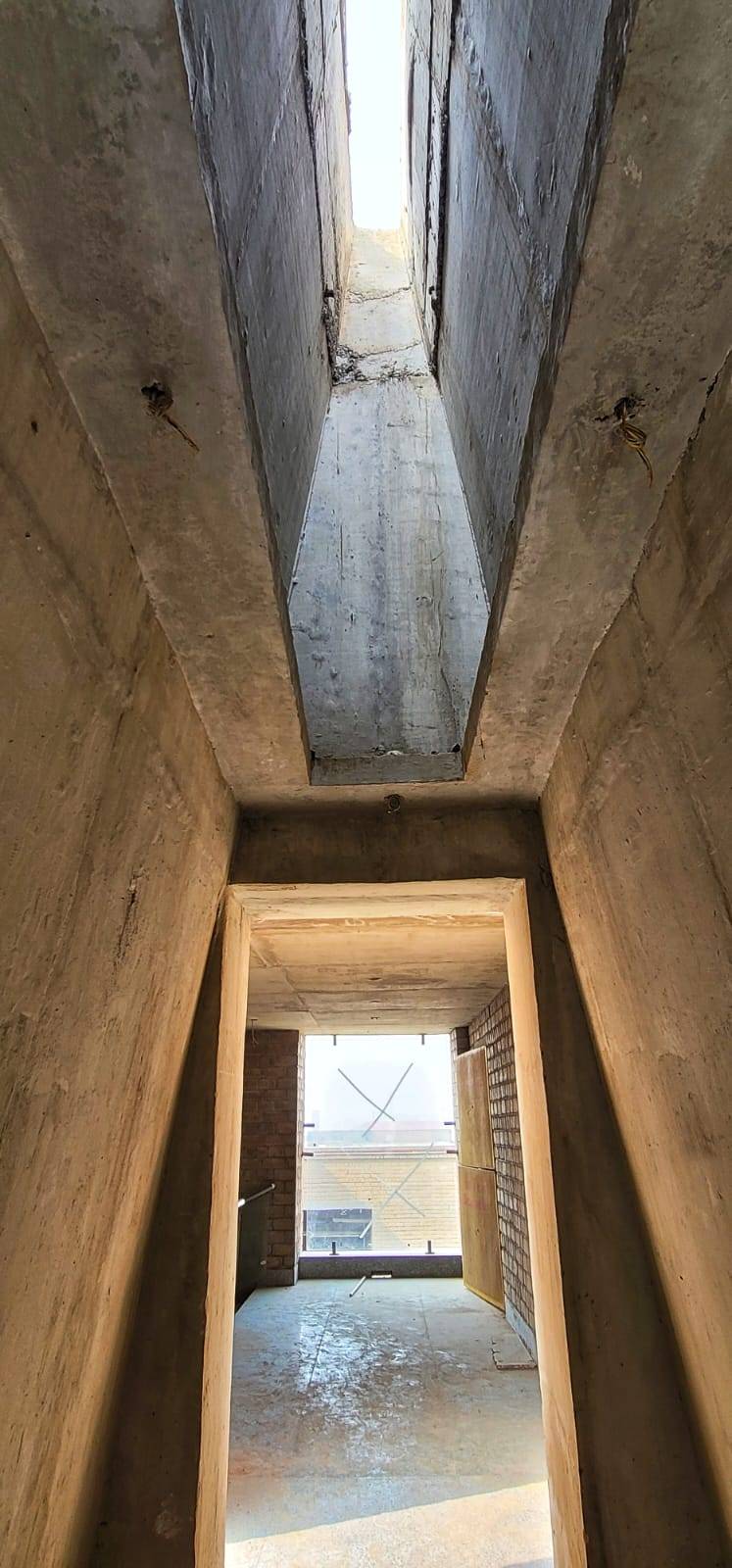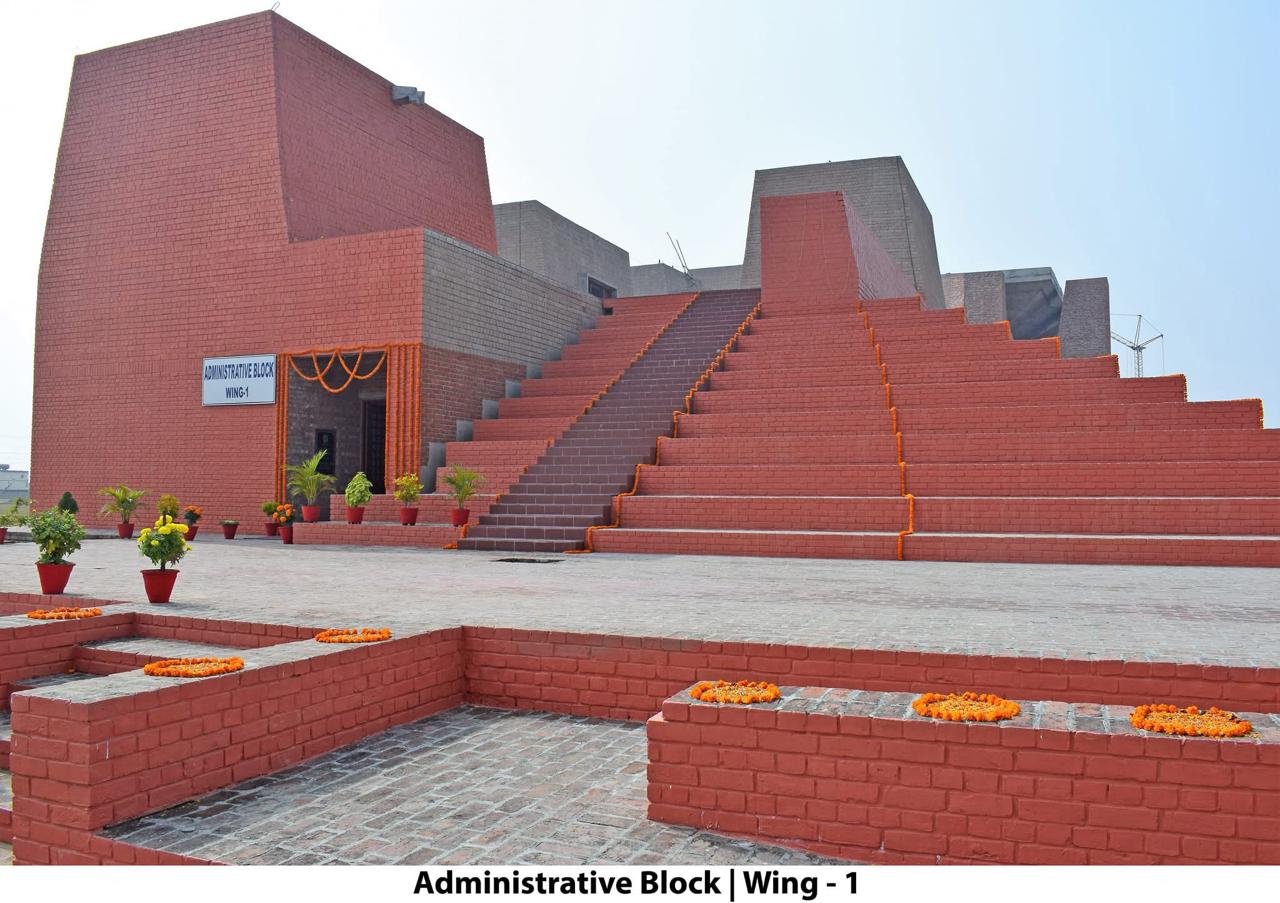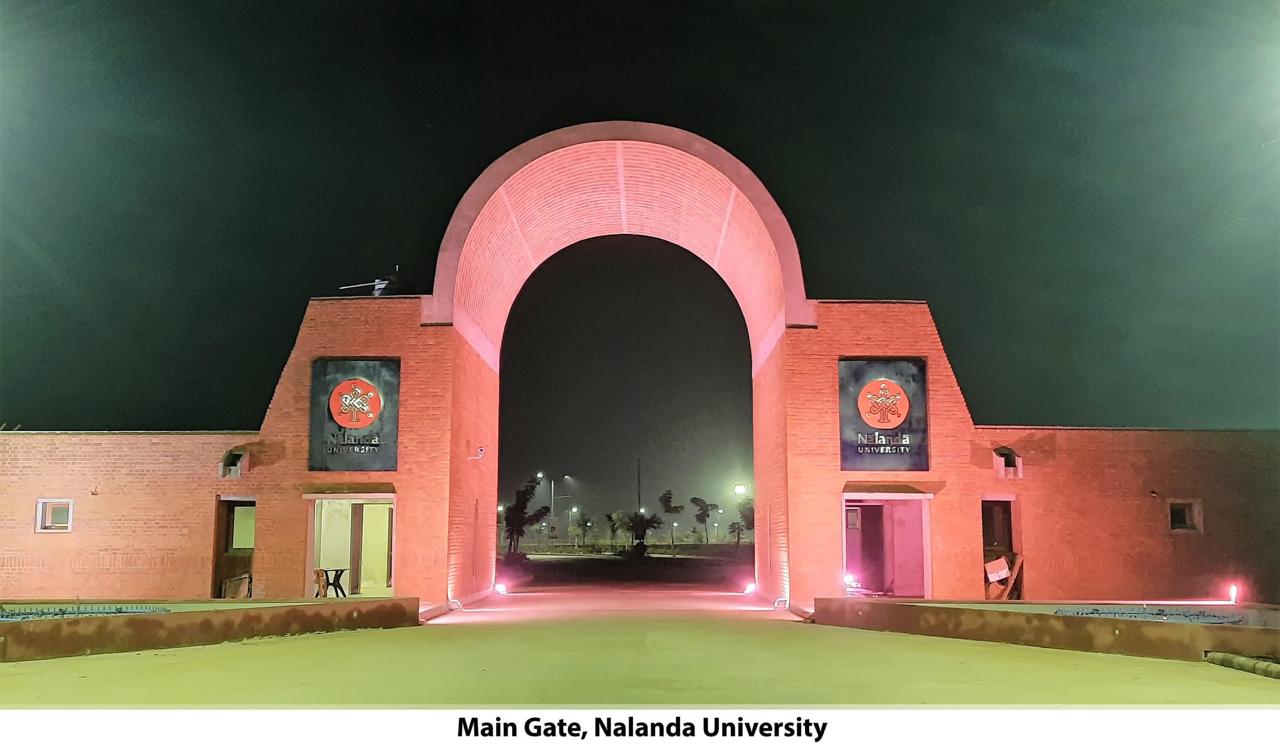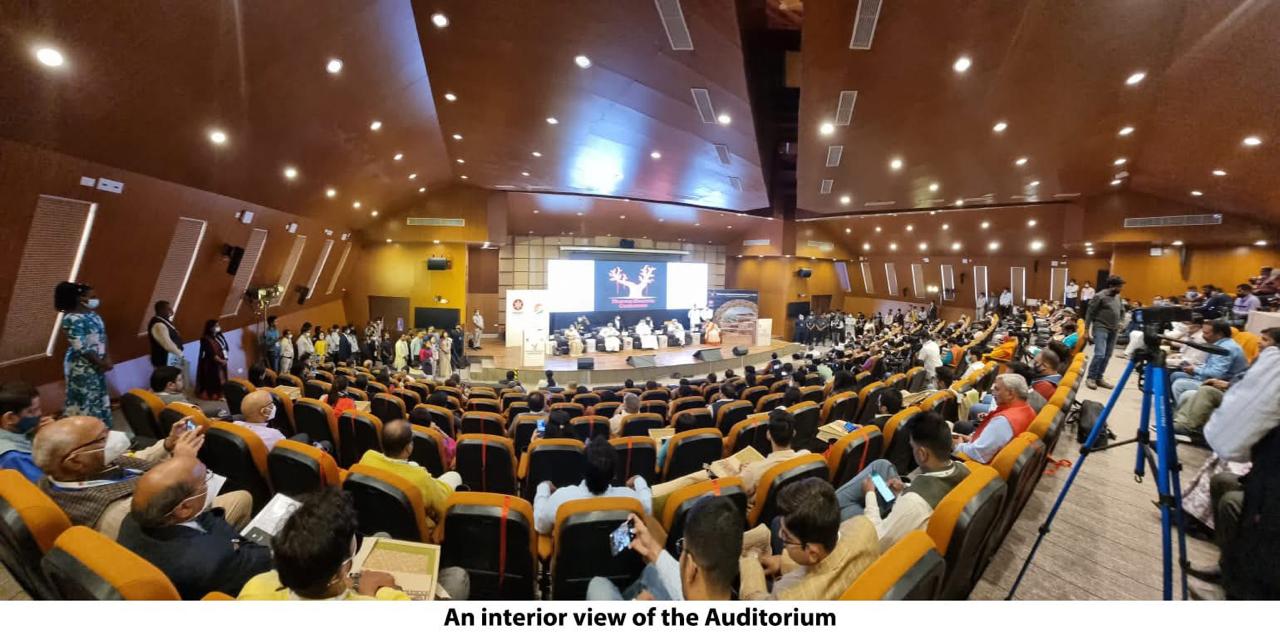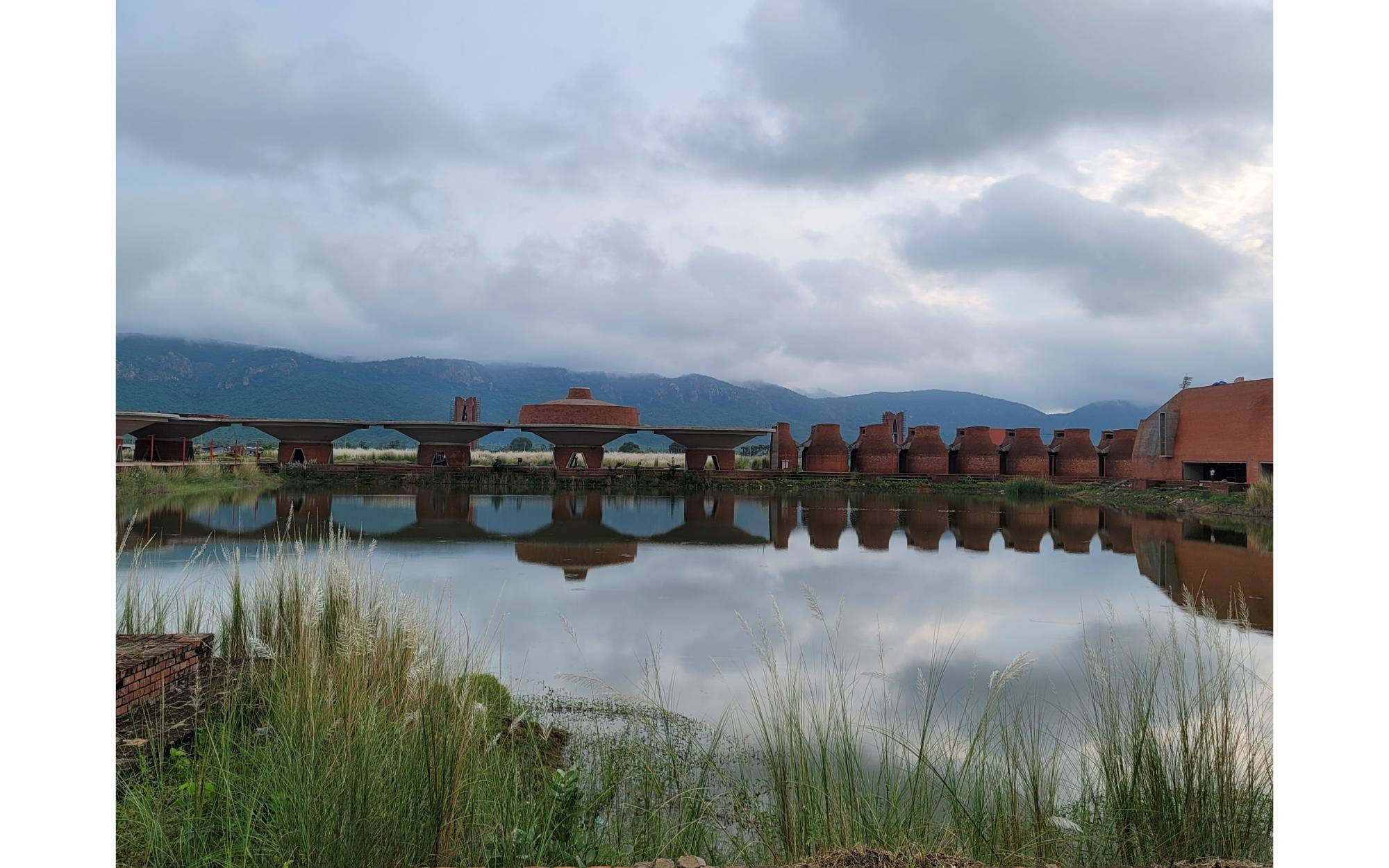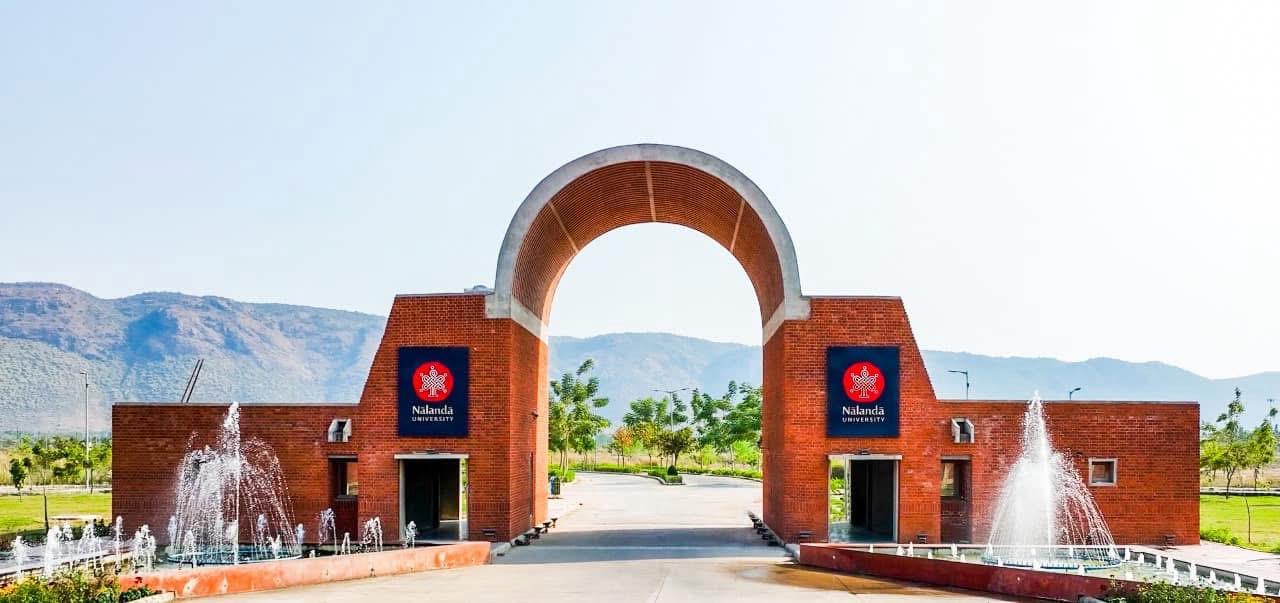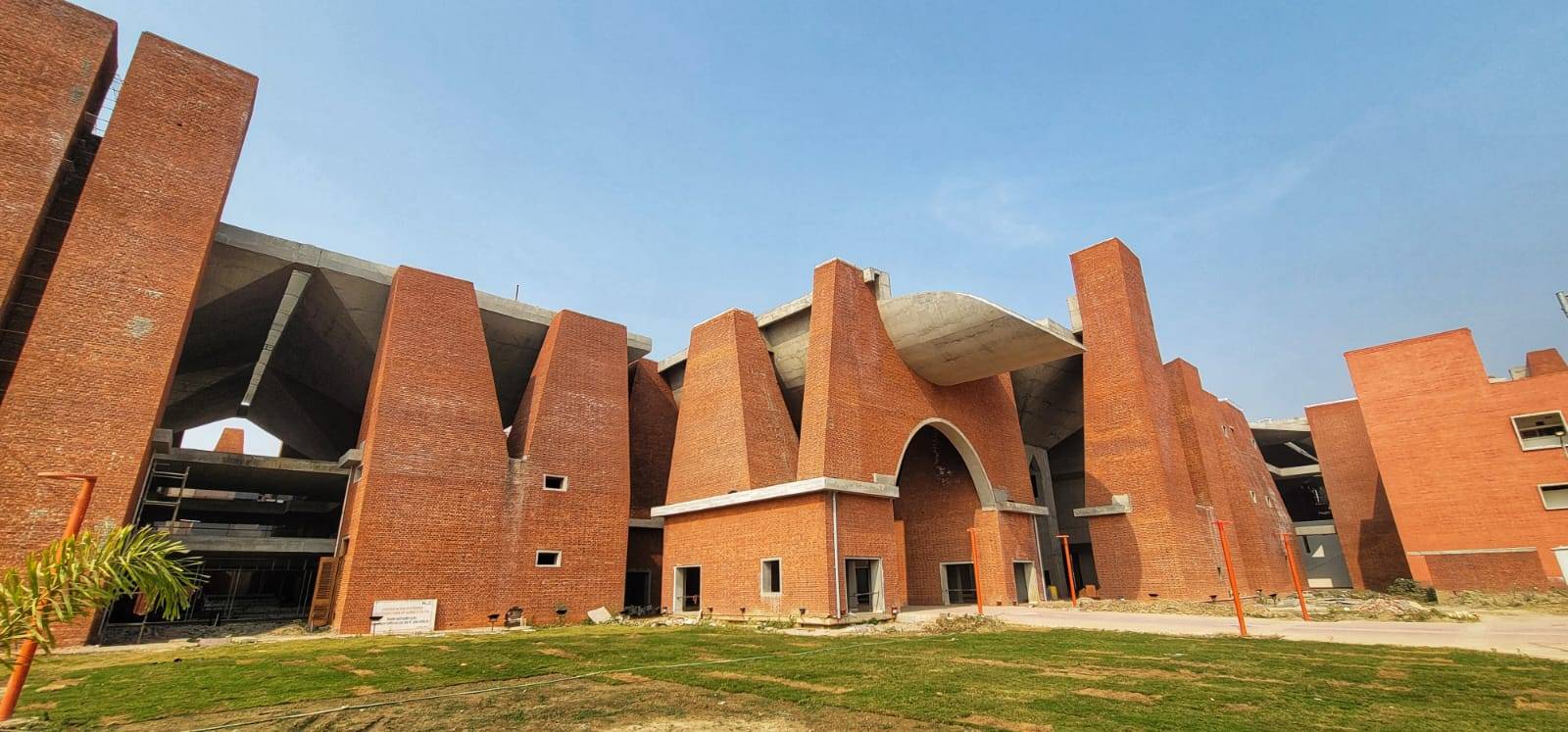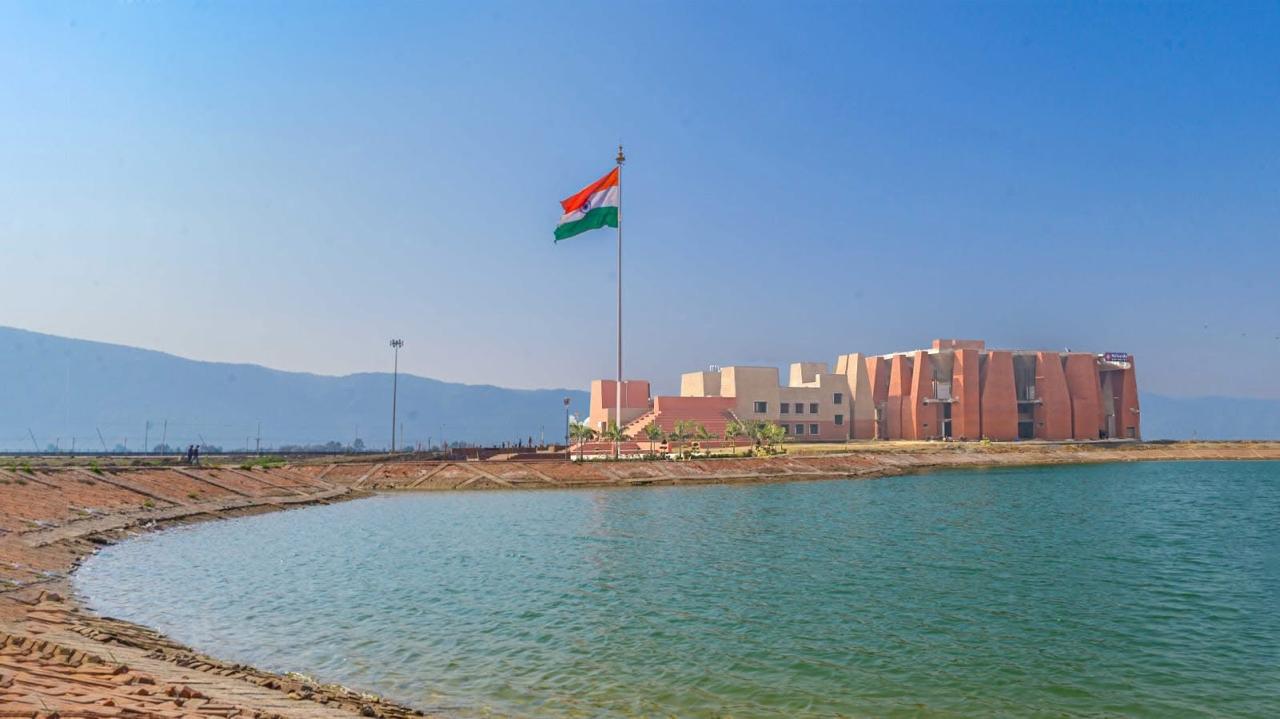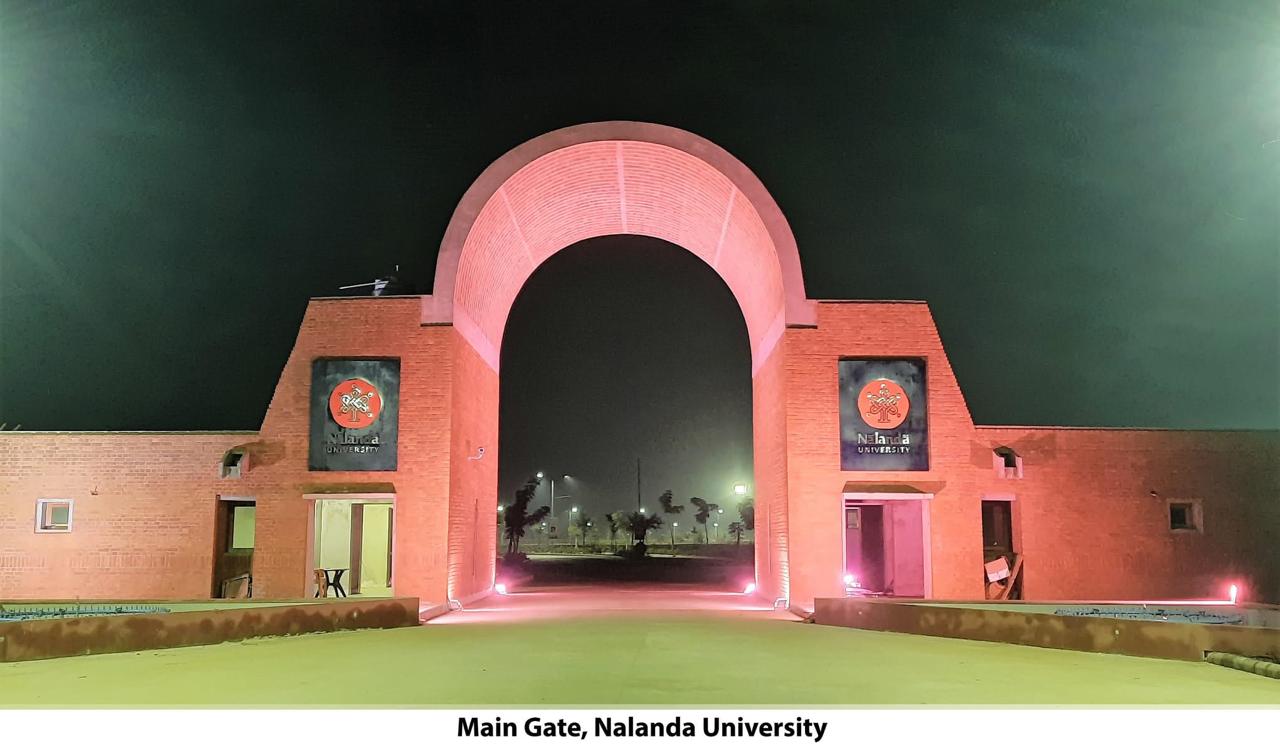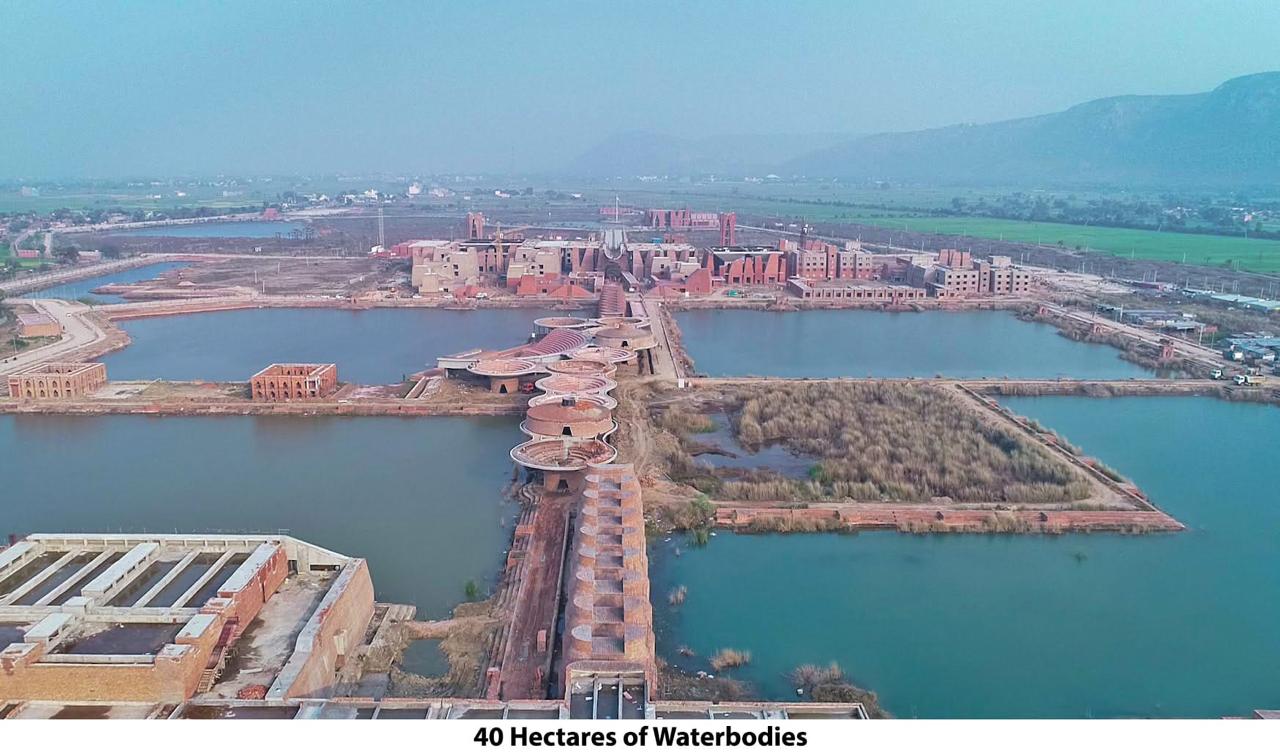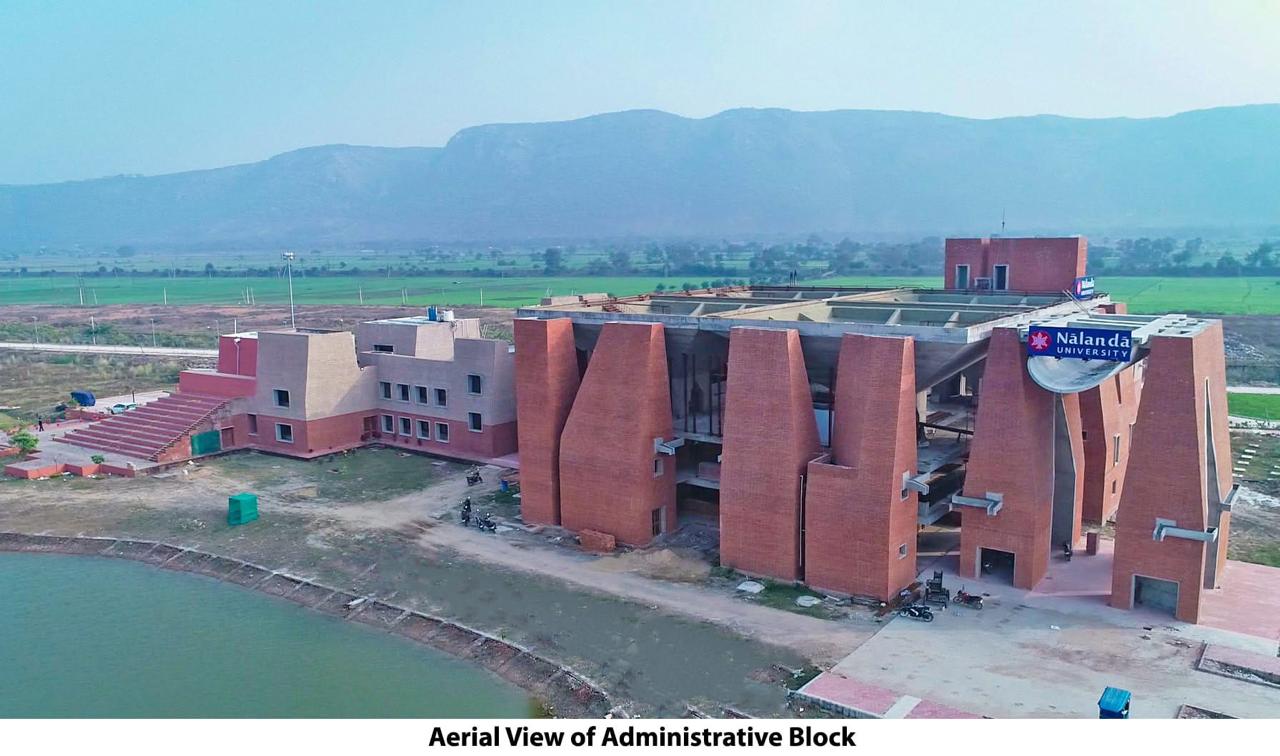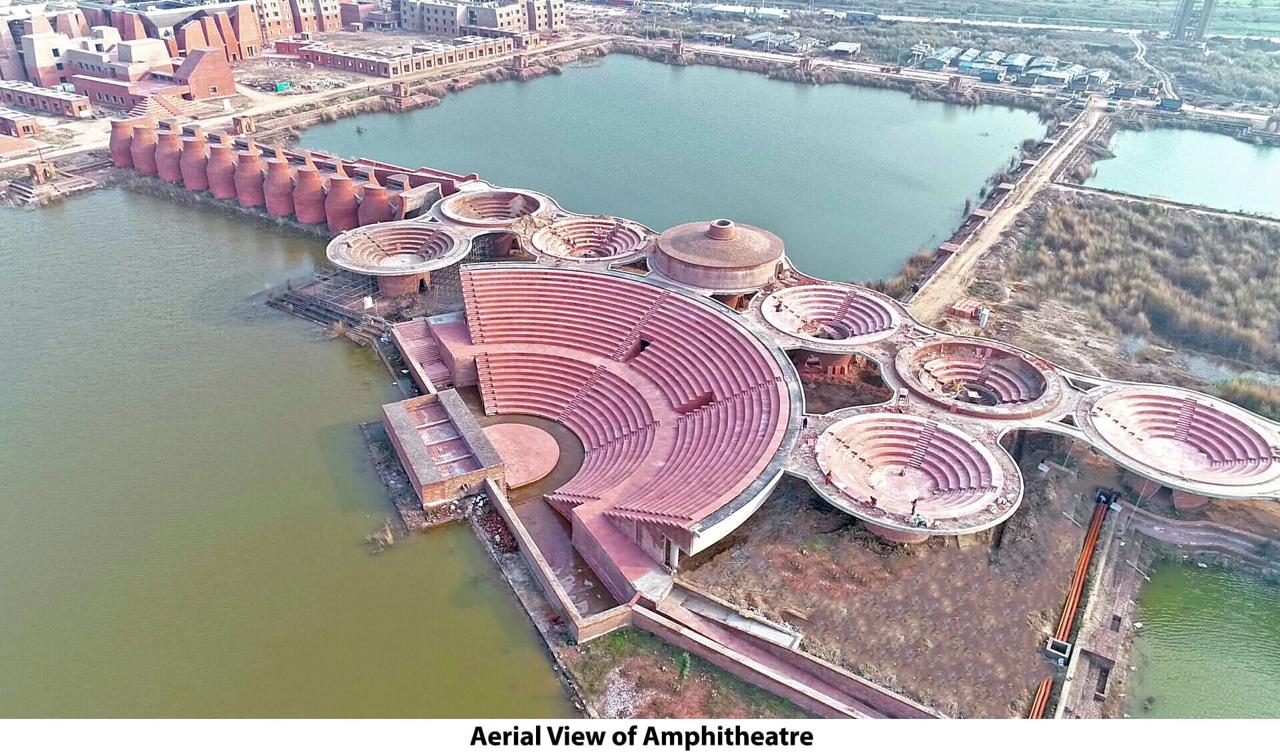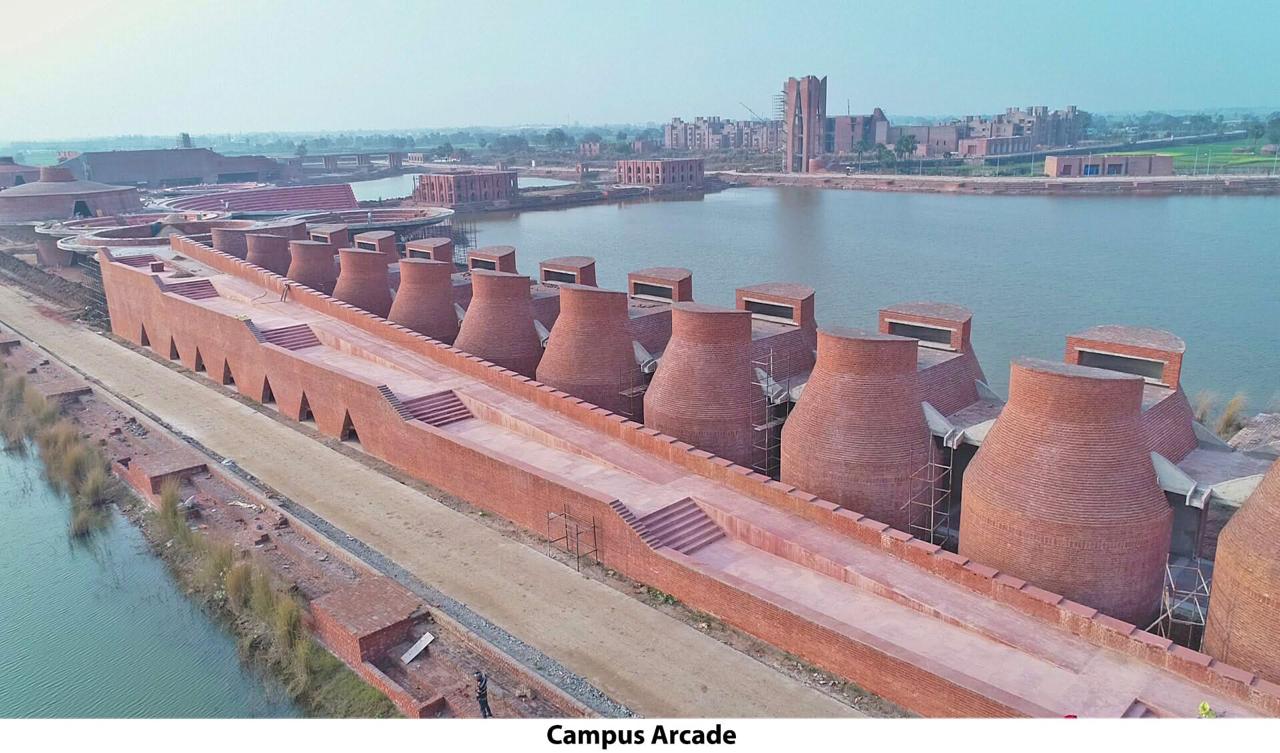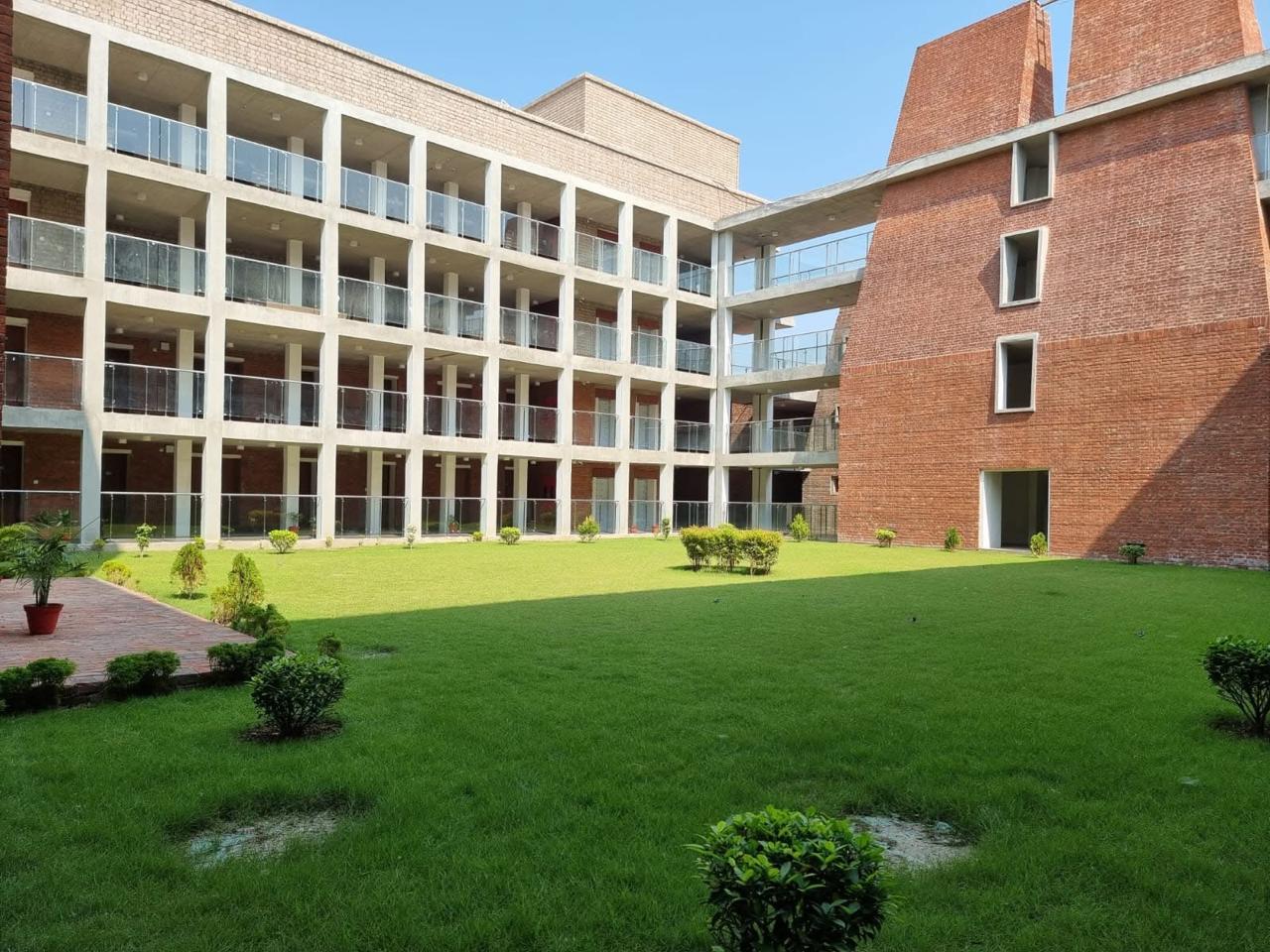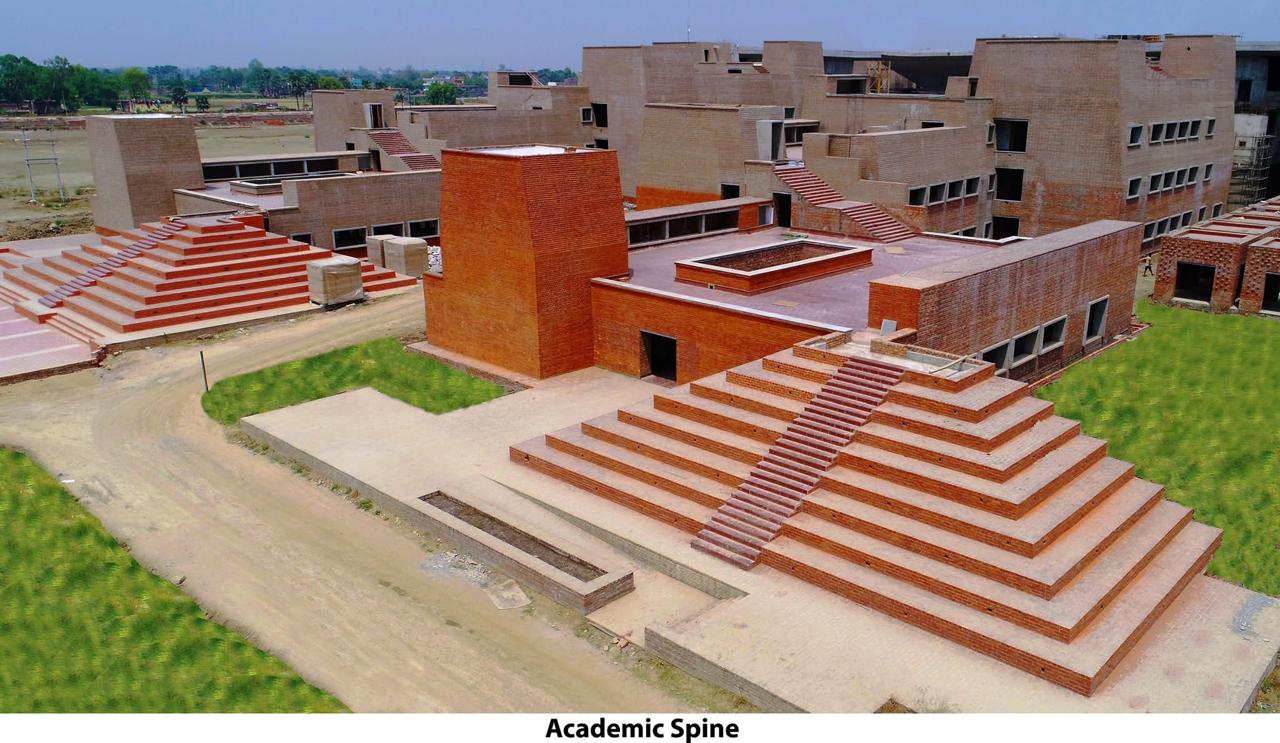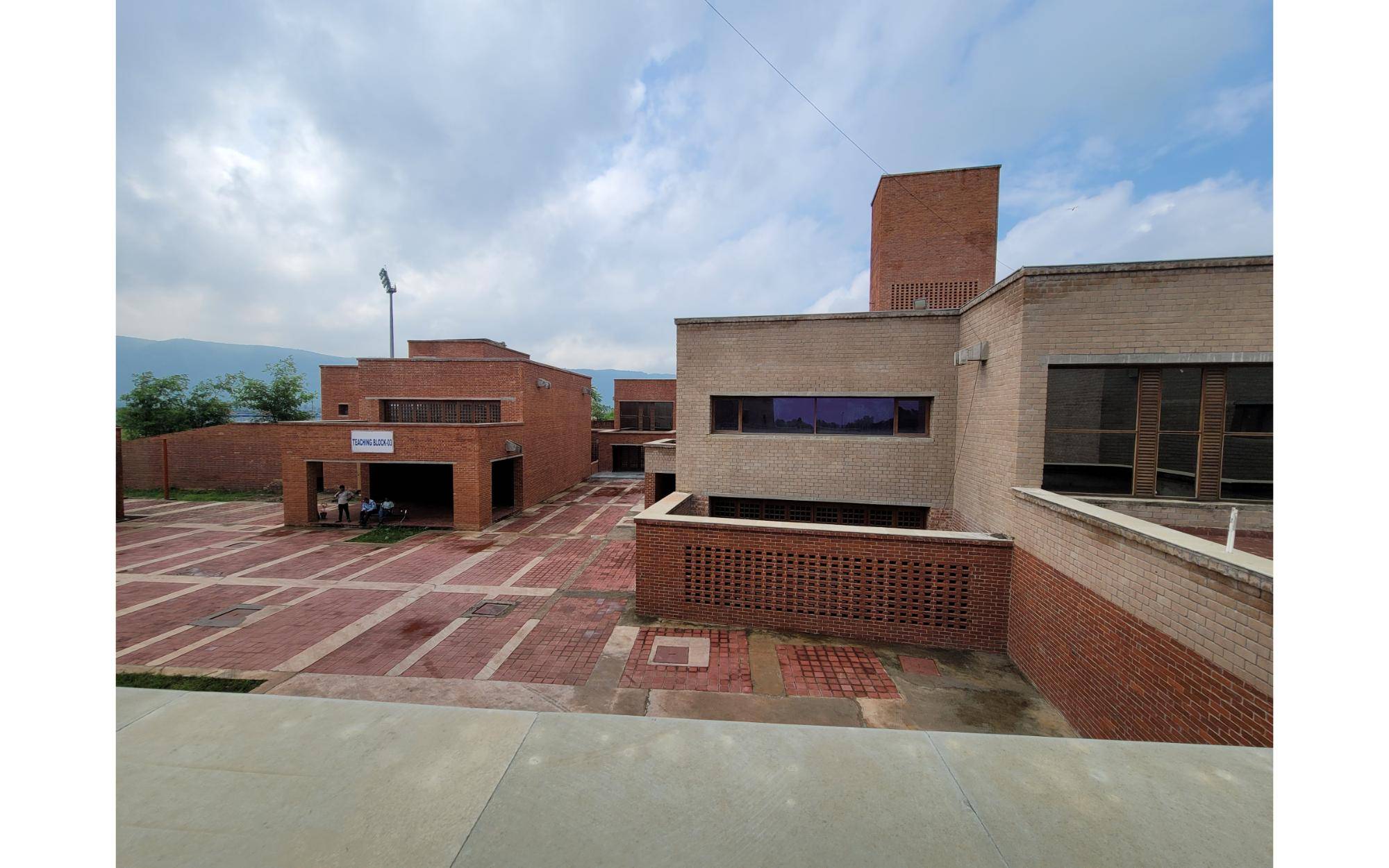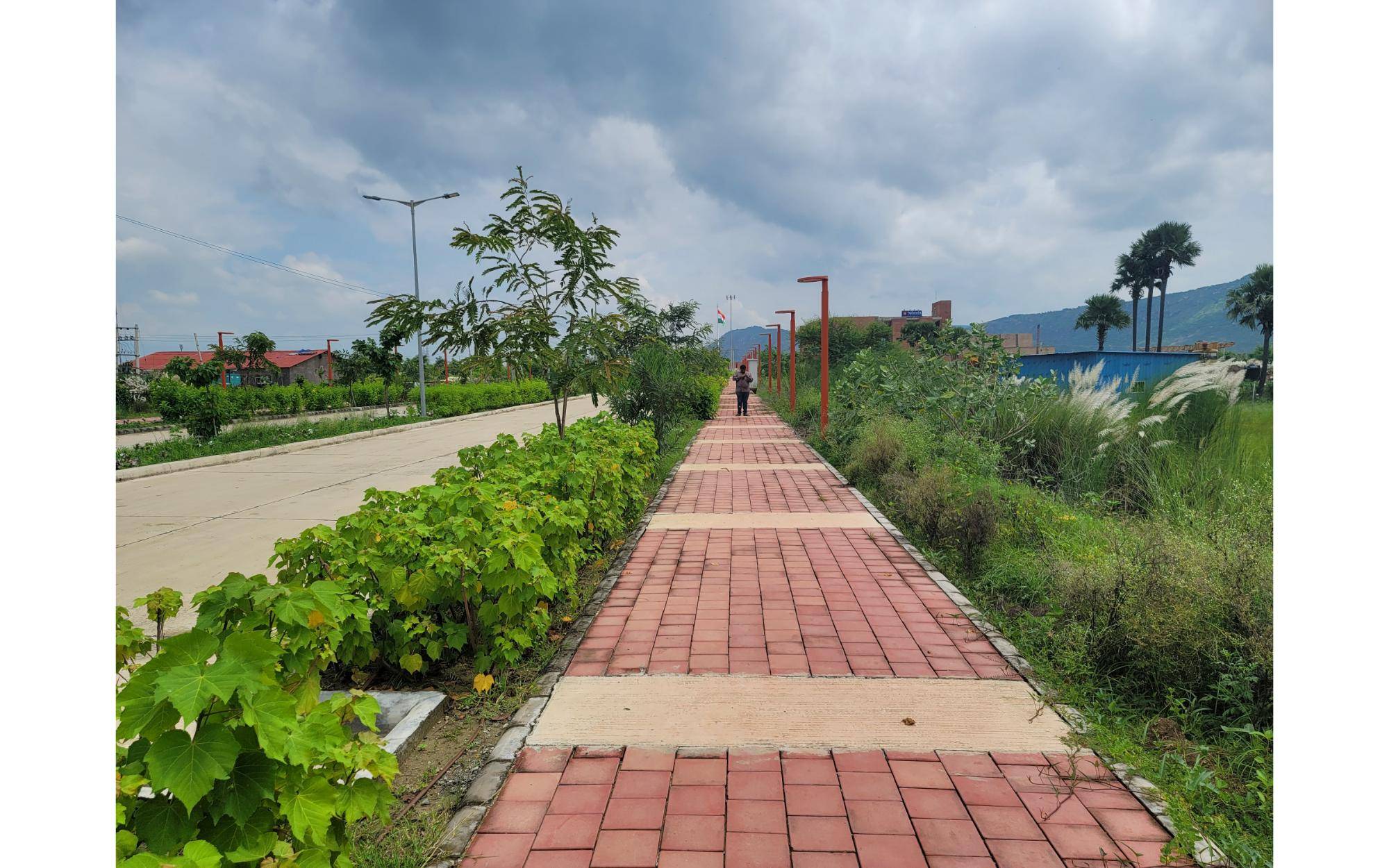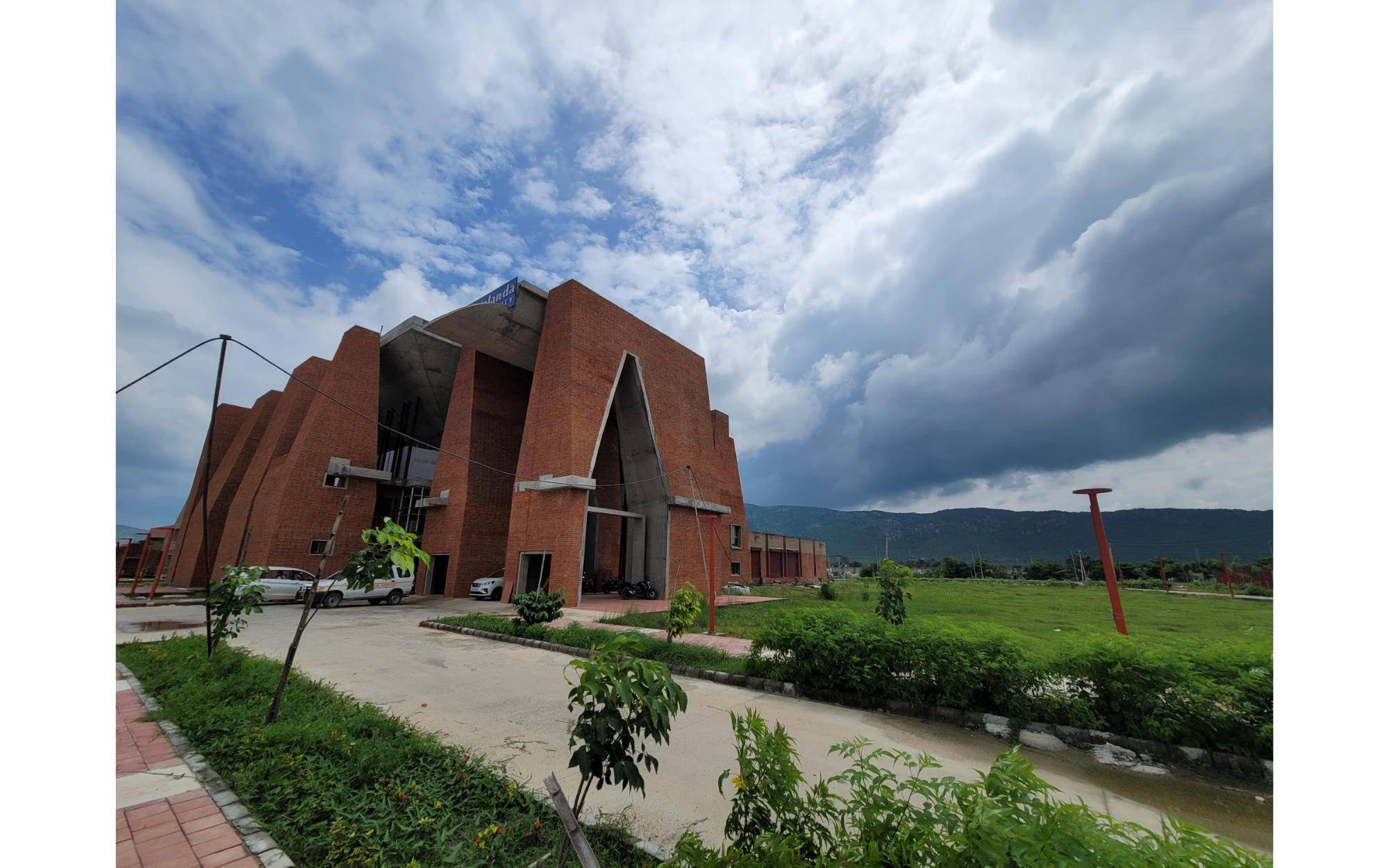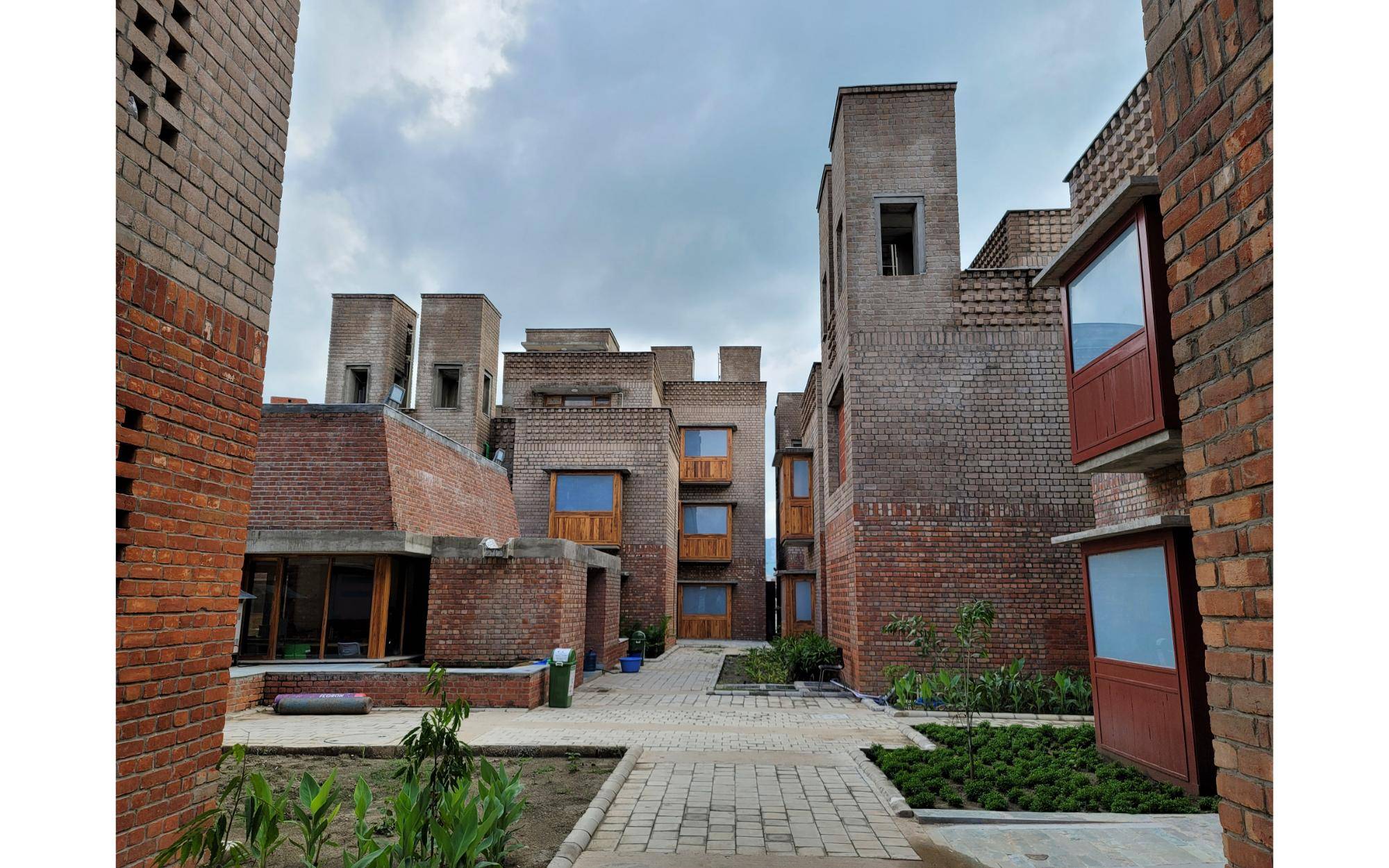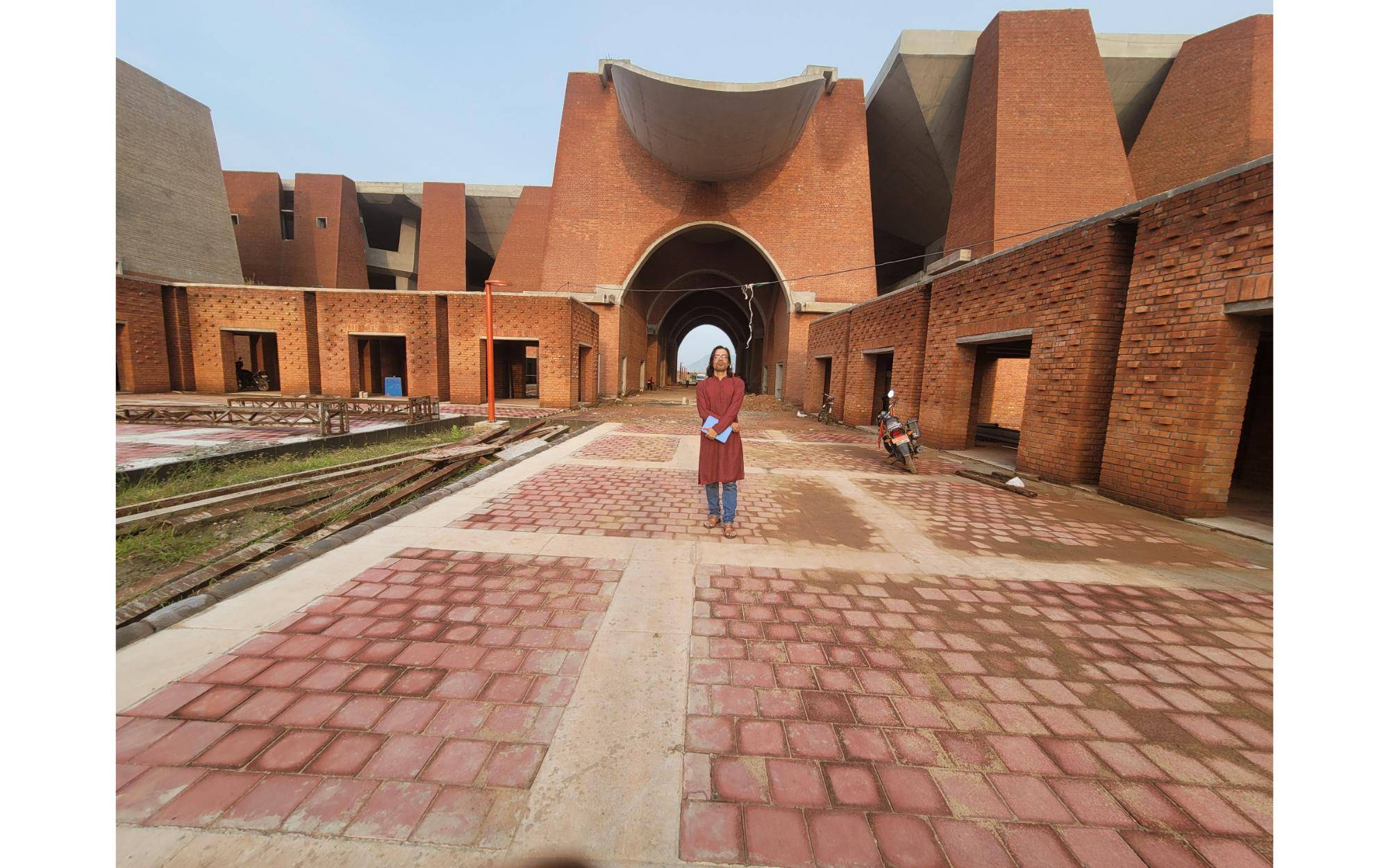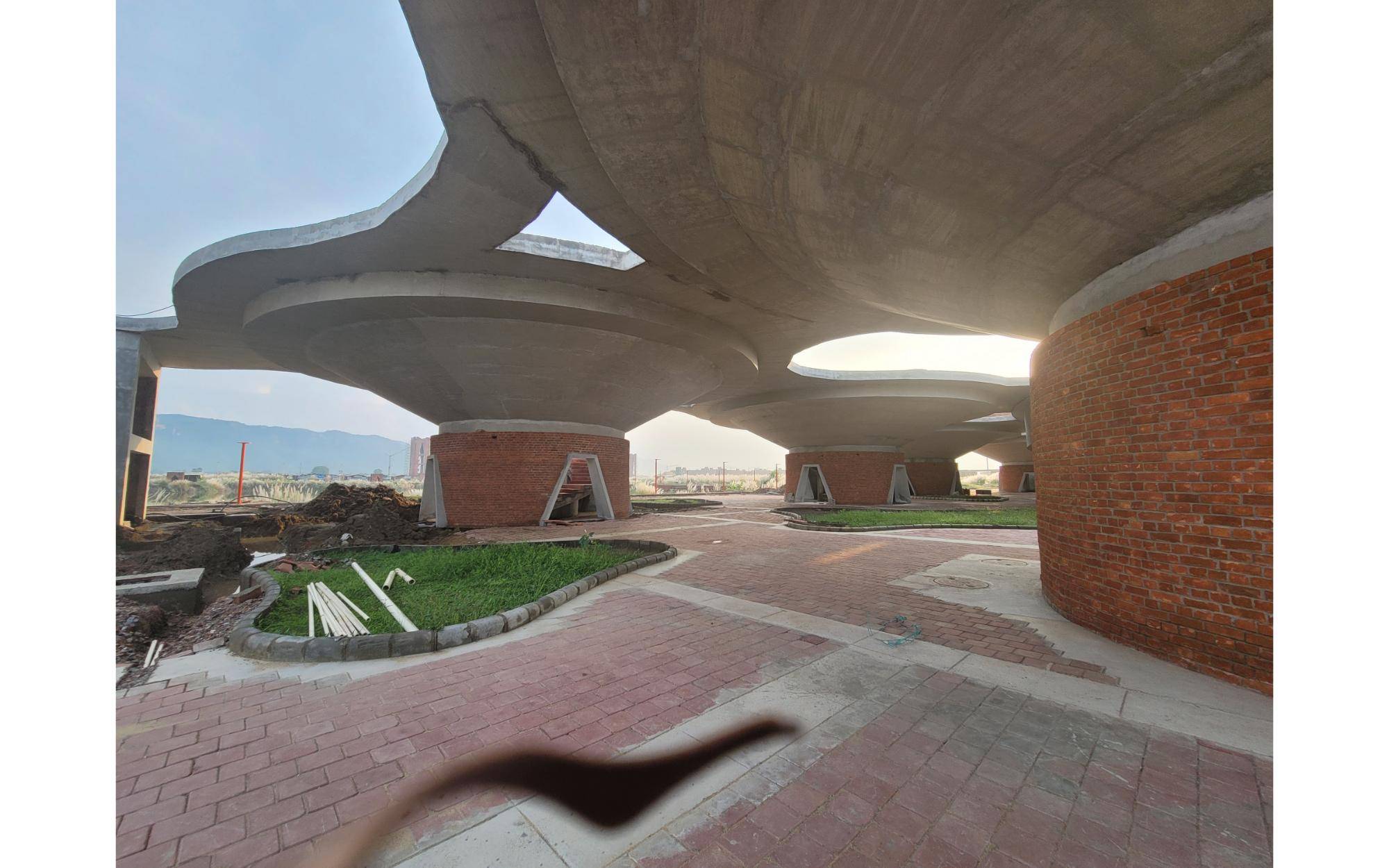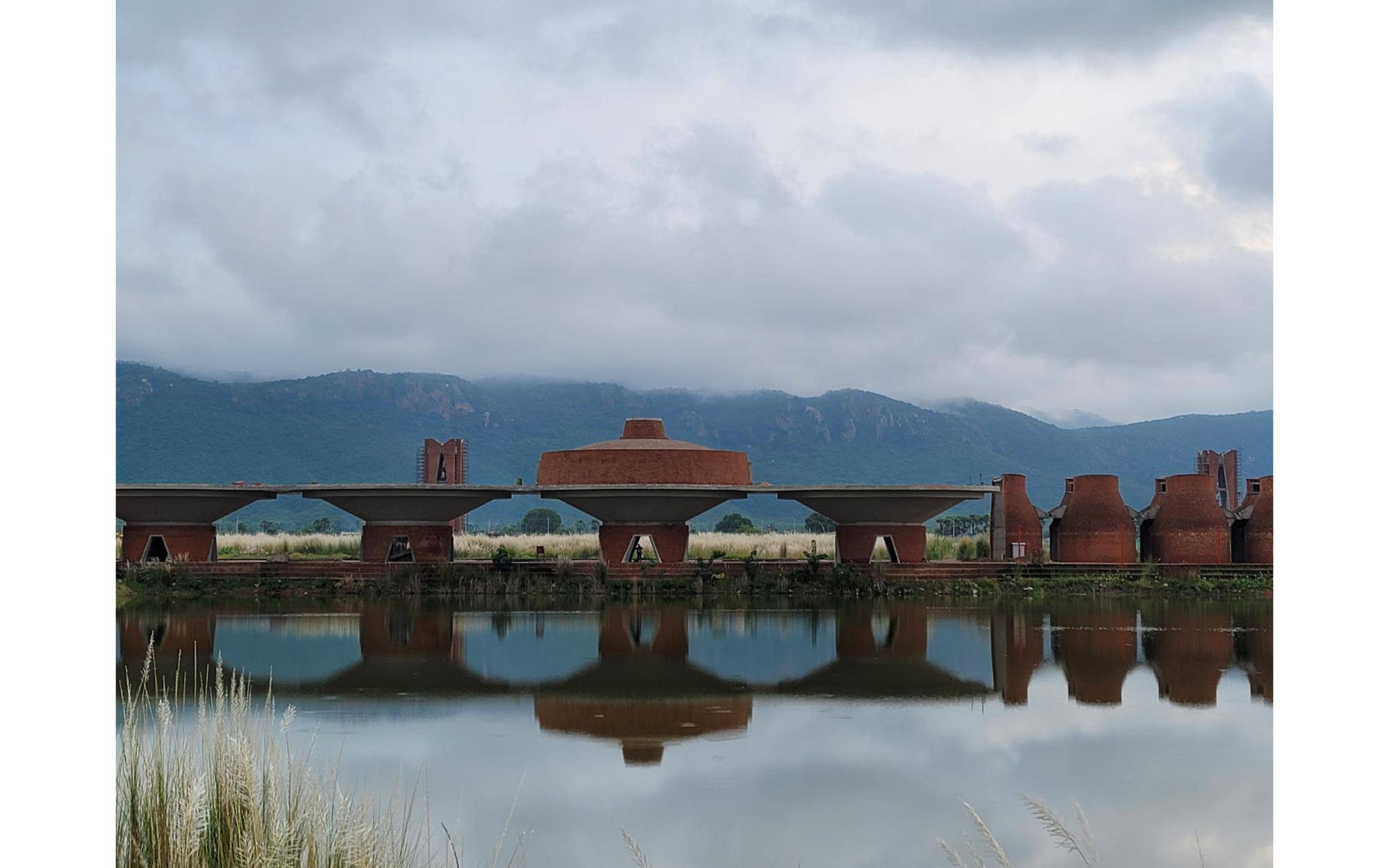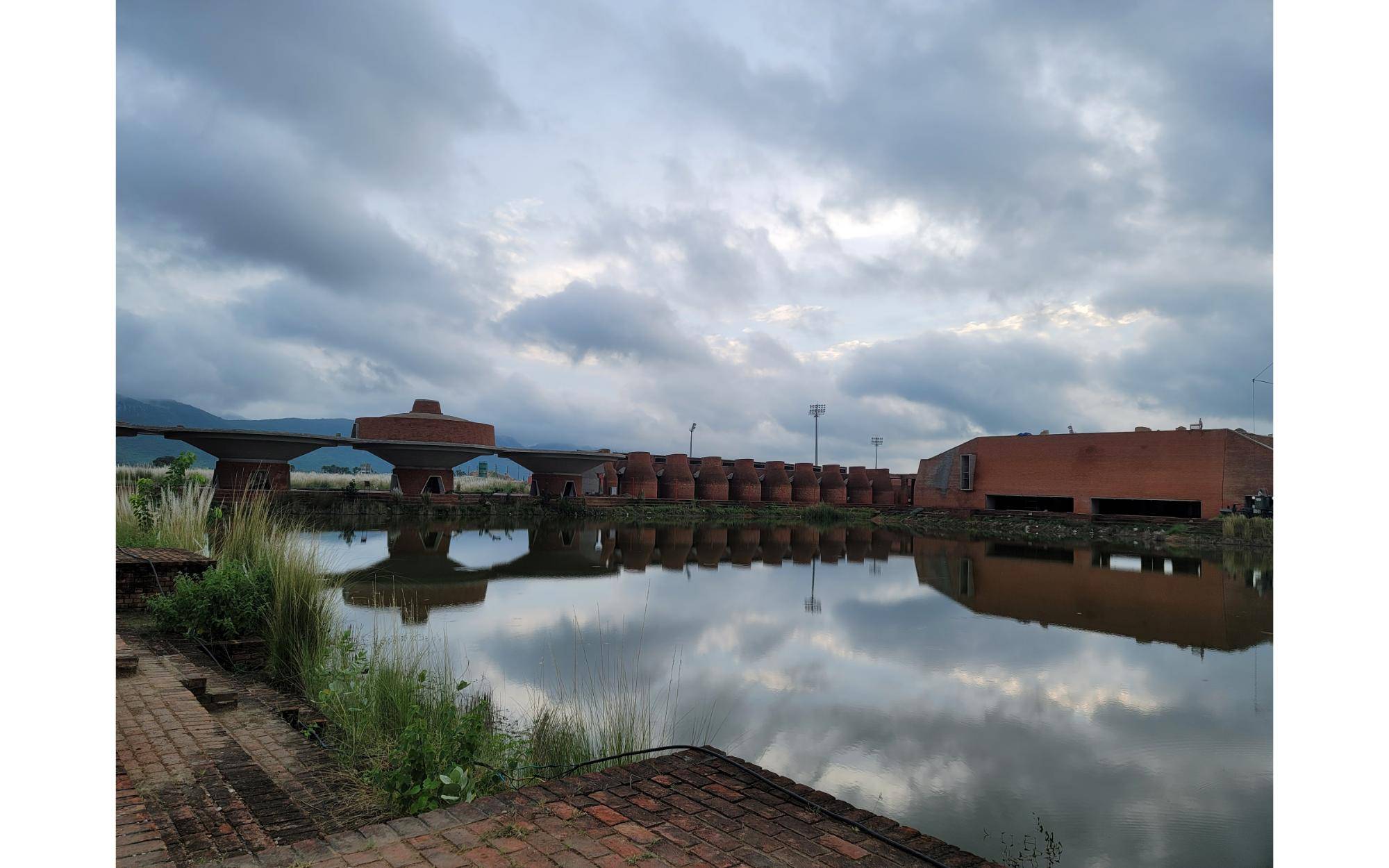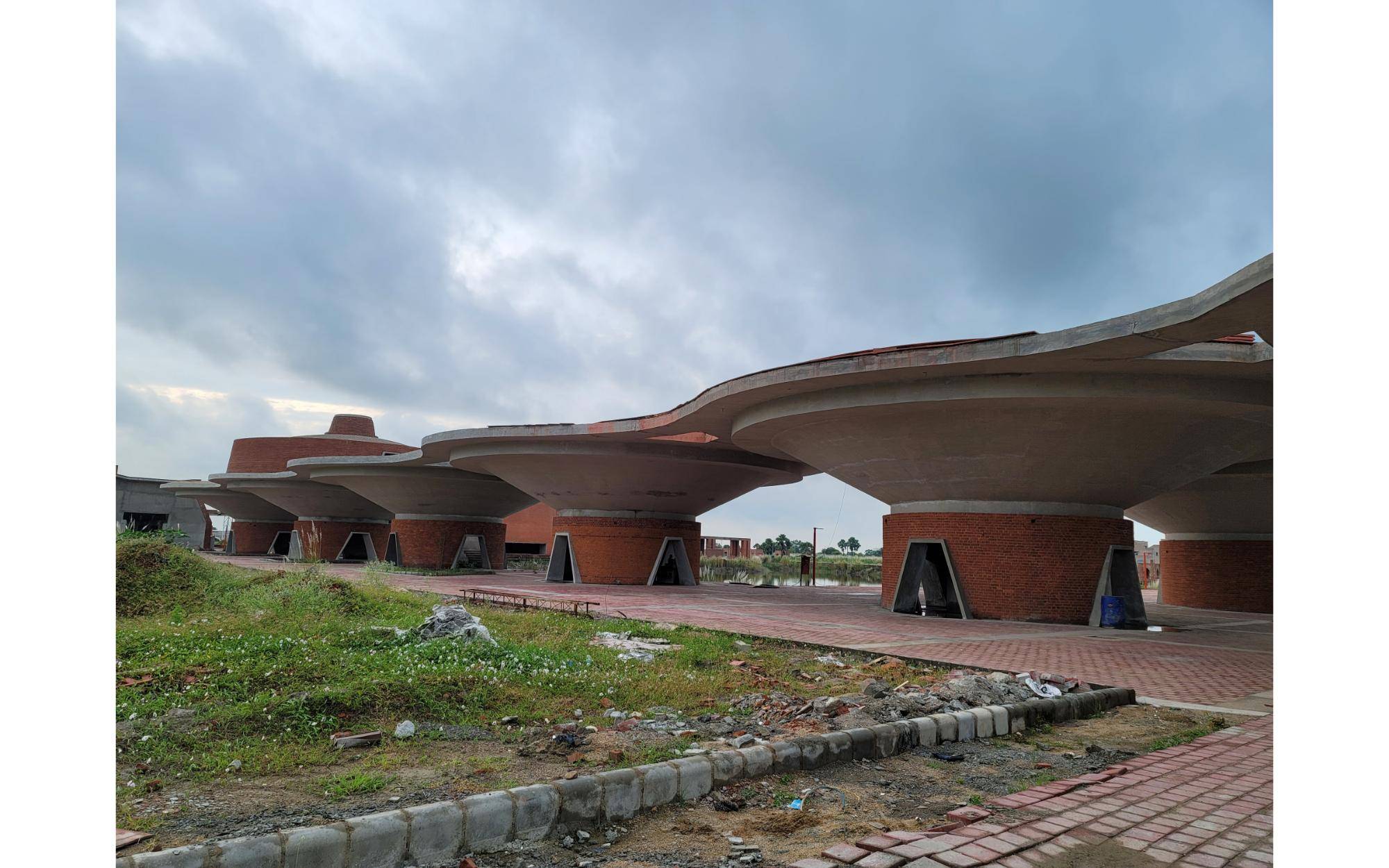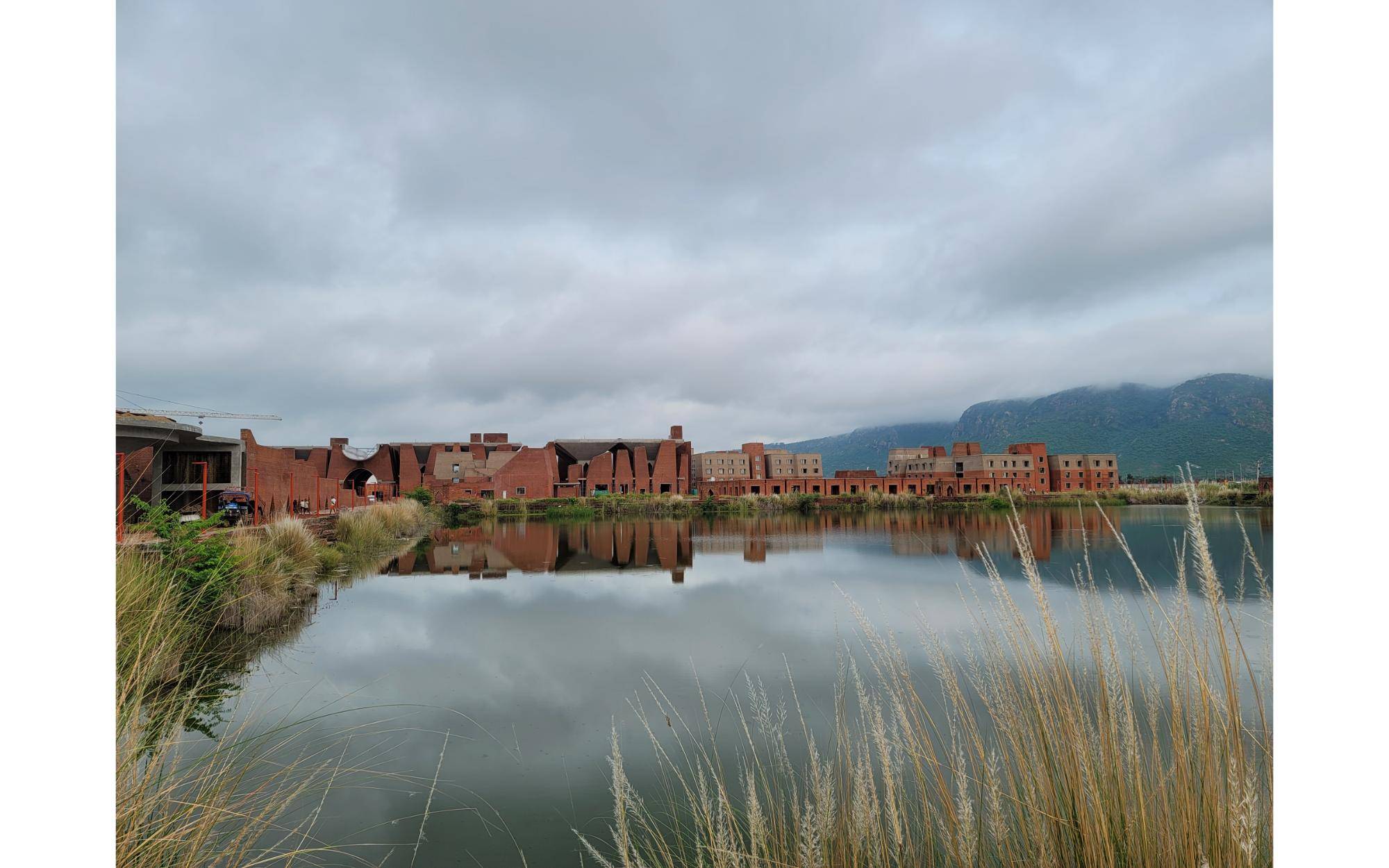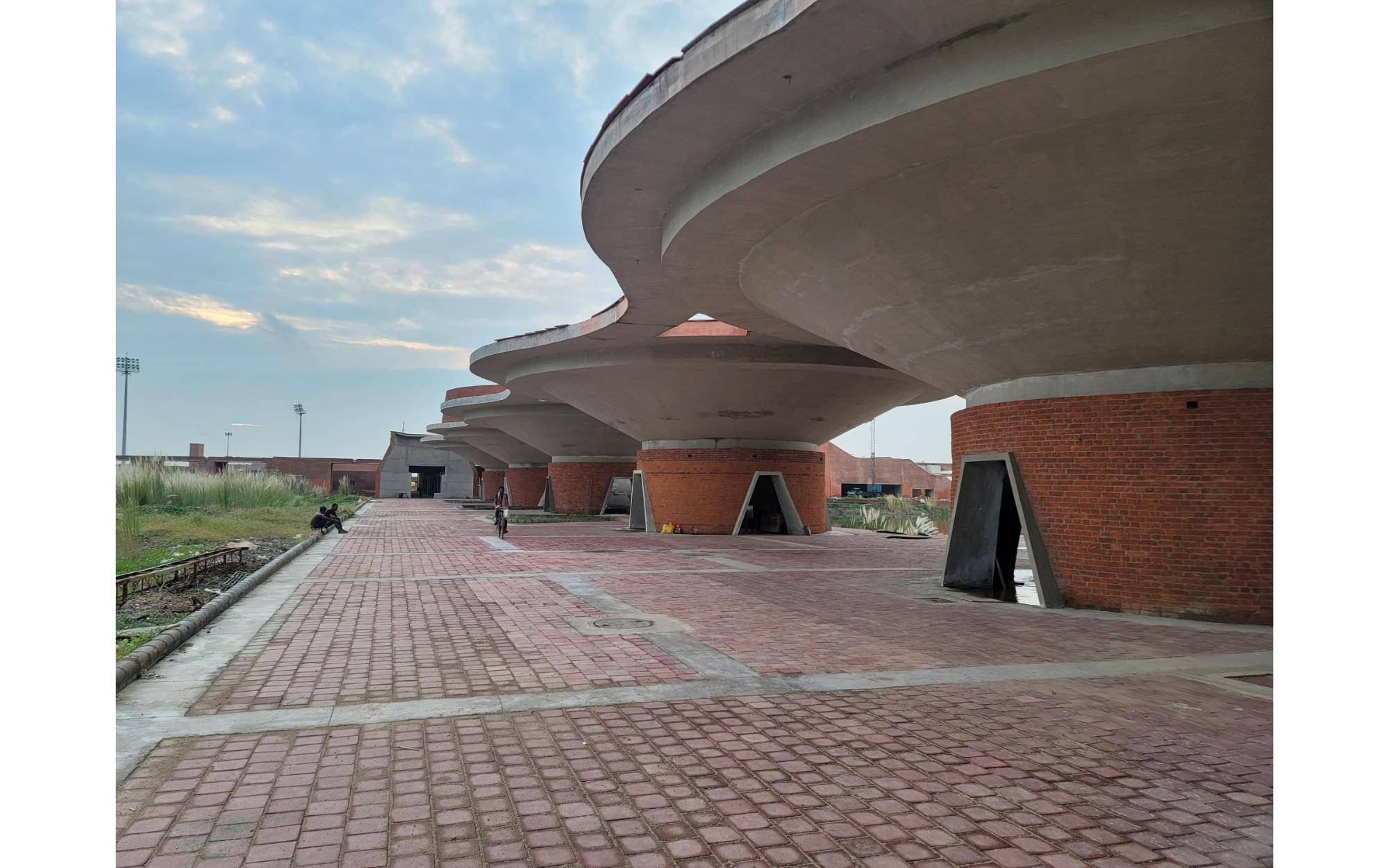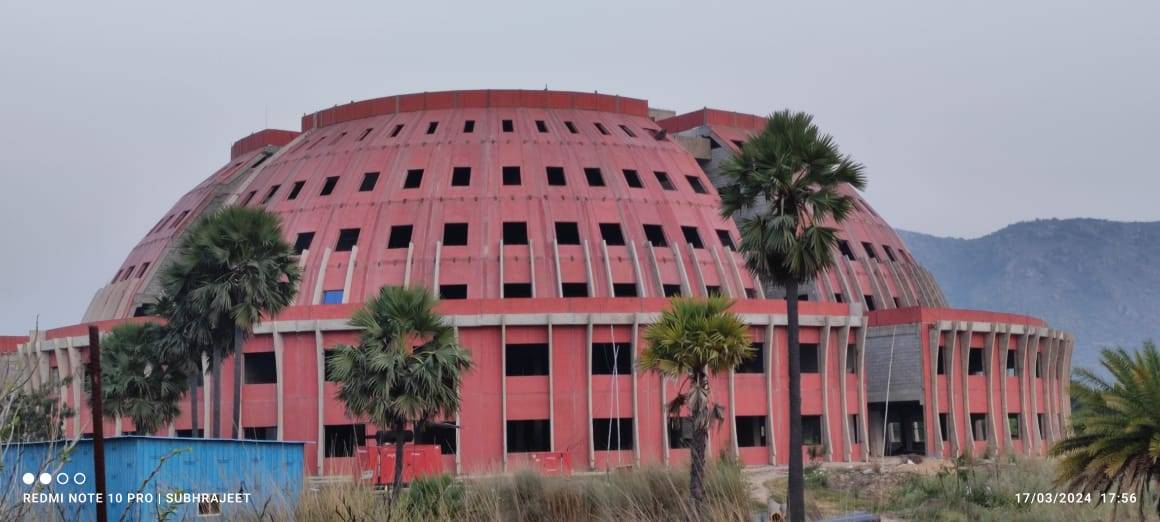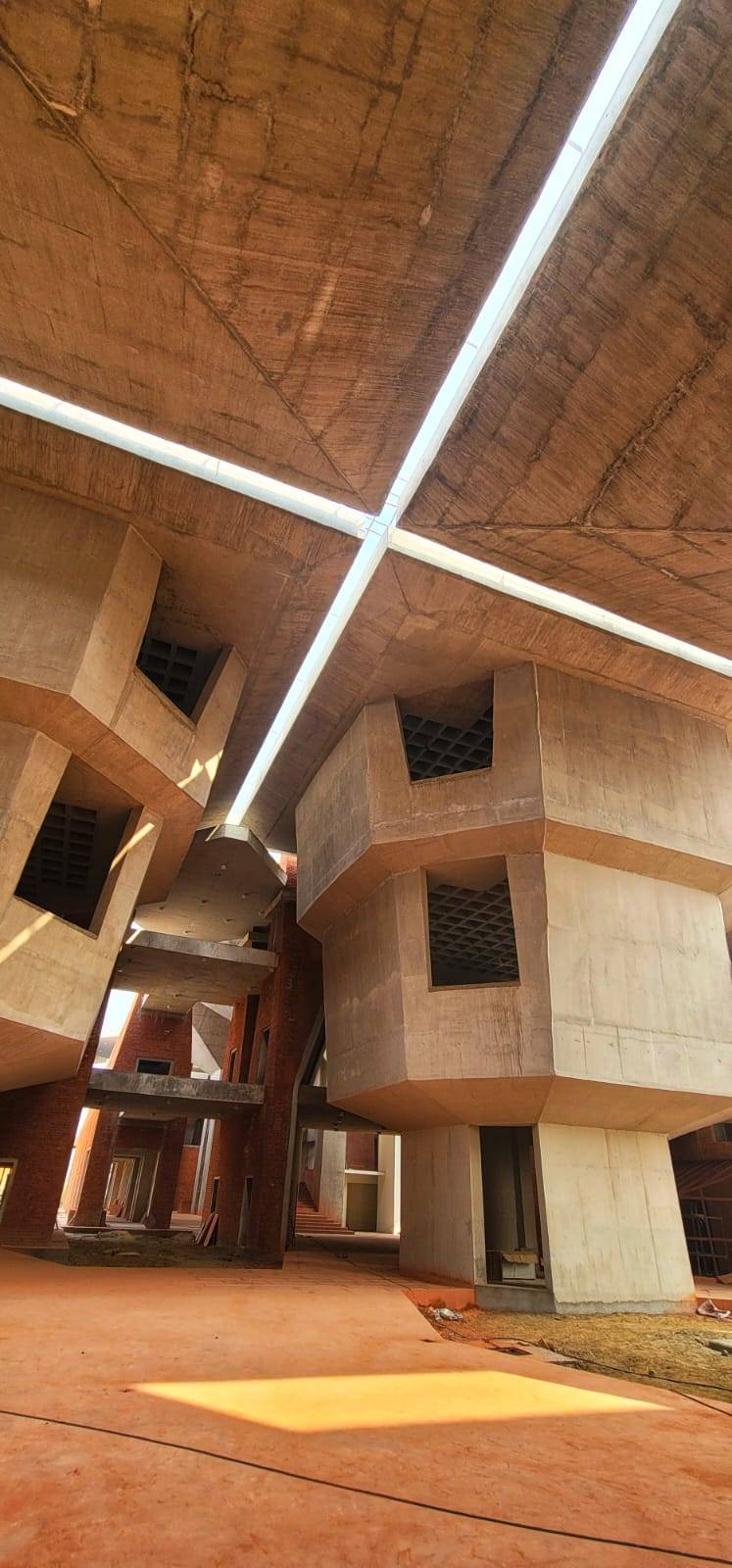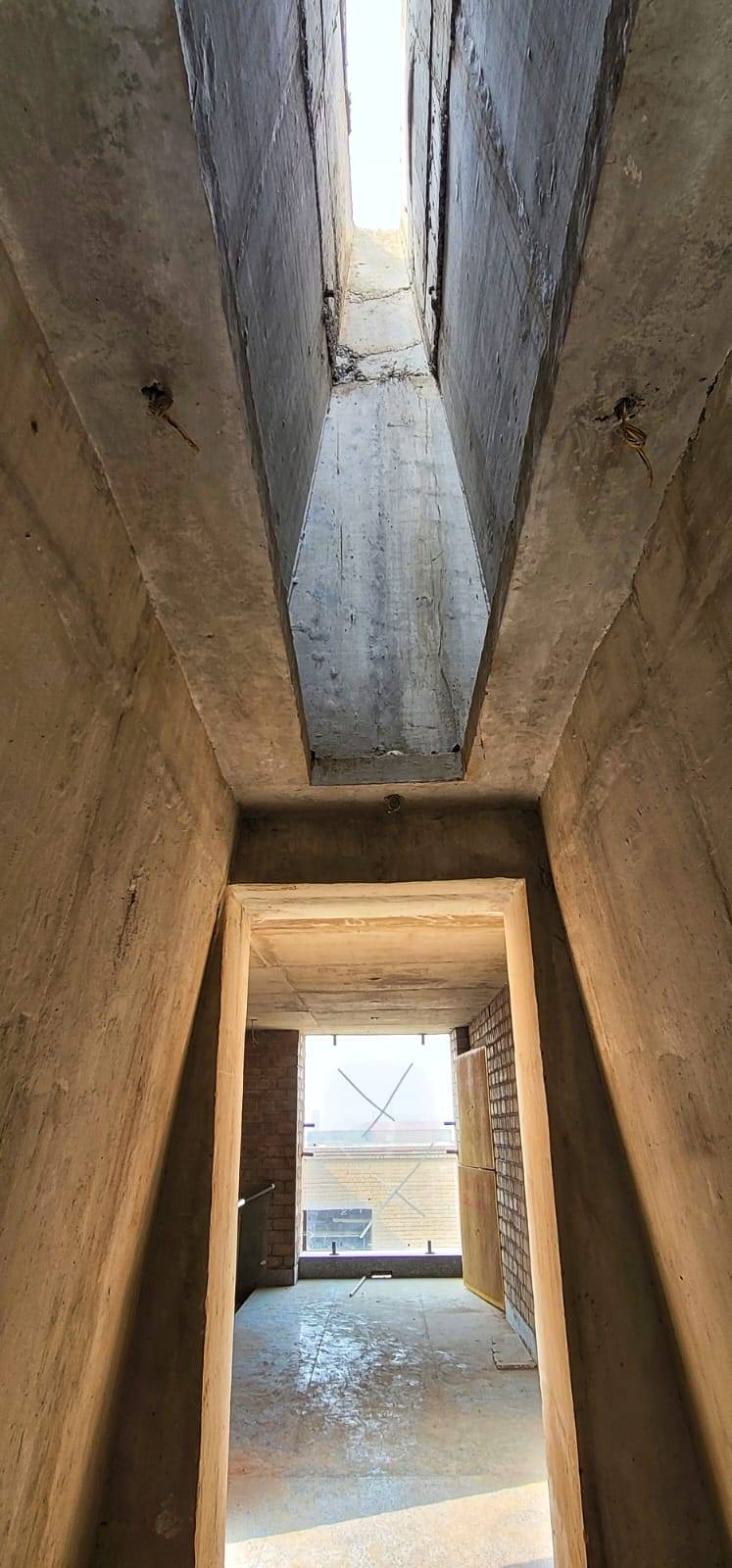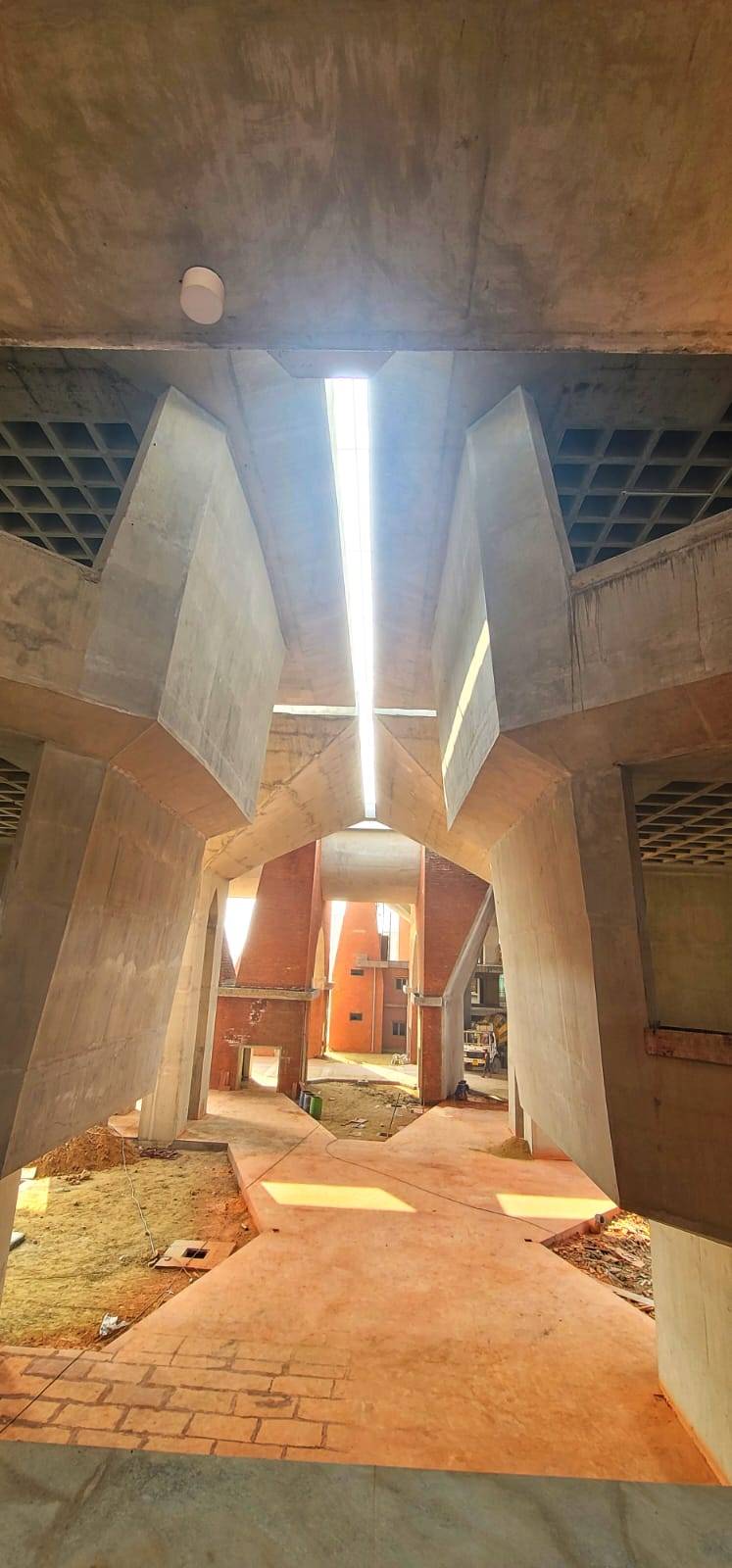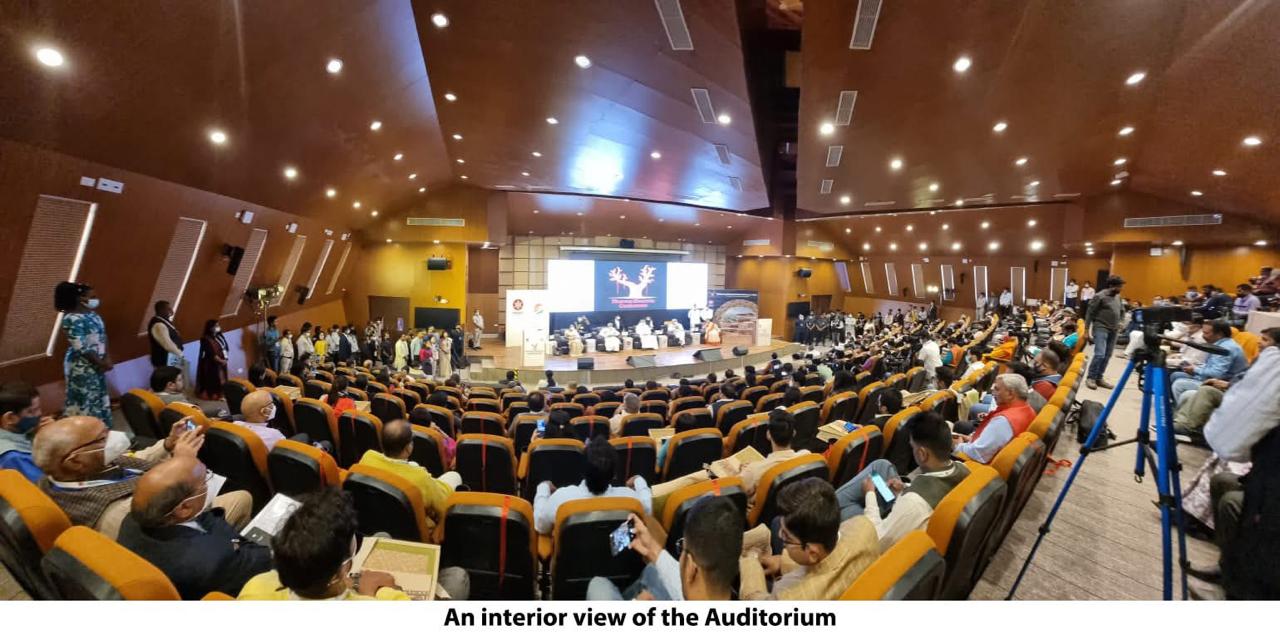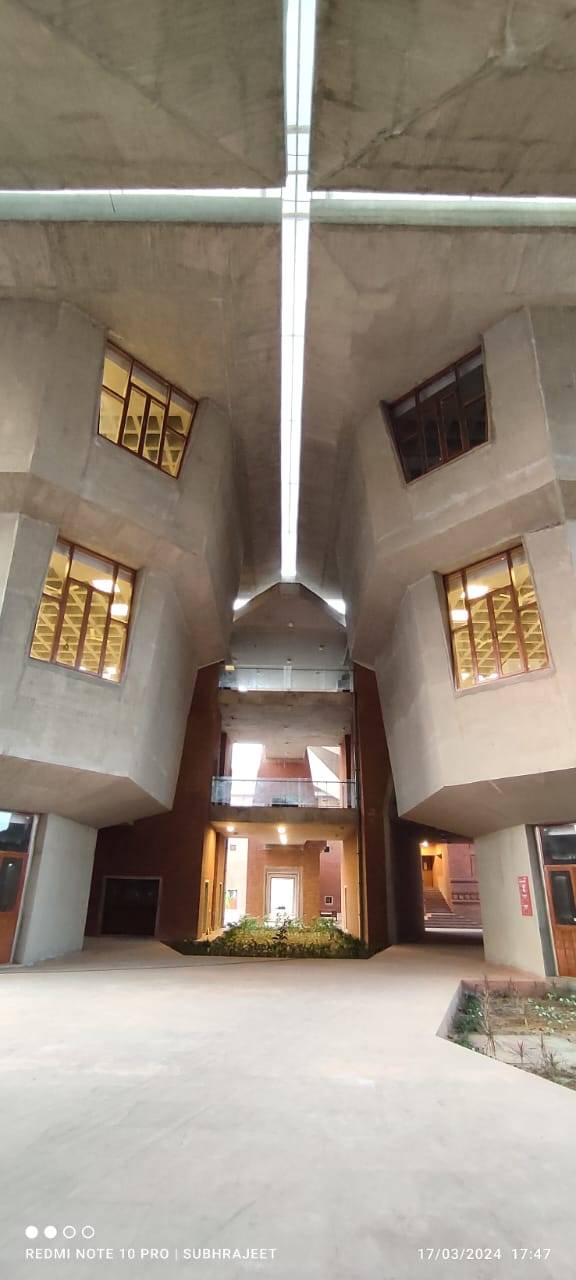Nalanda University’s New Campus: A Modern Revival of Ancient Wisdom
Nalanda University’s New Campus: A Modern Revival of Ancient Wisdom, Bihar,India
The new campus of Nalanda University in Bihar is a modern revival of one of the world's oldest centers of learning. Located in Rajgir, about 12 kilometers from the ruins of the ancient Nalanda Mahavihara, the new campus aims to blend historical legacy with modern sustainability and global academic standards. The new campus of Nalanda University is not just a physical revival—it’s a cultural and intellectual resurrection of a once-glorious institution. With its sustainable design, international vision, and deep historical roots, it stands as a bold statement of what modern Indian higher education can aspire to be: inclusive, global, and grounded in wisdom.
History
Background: Reviving an Ancient Legacy
Nalanda University, originally established in the 5th century CE, was one of the world’s earliest and most prestigious residential universities. Located in the ancient kingdom of Magadha (modern-day Bihar), it attracted students and scholars from across Asia until its destruction in the 12th century .The idea to revive Nalanda as a modern institution emerged in the early 21st century. The goal was to honor and revive the legacy of the ancient university while creating a global center for higher education in the 21st century.
Inception of the Modern Nalanda University
-
2006: The concept gained international traction during the East Asia Summit (EAS), where the proposal to re-establish Nalanda University was endorsed. The initiative was spearheaded by the Government of India with support from other EAS member countries.
-
2007–2010: Key figures like Dr. A.P.J. Abdul Kalam (former President of India) and Amartya Sen (economist and Nobel laureate) became vocal advocates. The Government of Bihar provided land and logistical support.
-
2010: The Nalanda University Act was passed by the Indian Parliament, officially establishing the university as an international institution.
Development Timeline
-
The foundation stone was laid in 2010.
-
Construction of the main campus began in 2017.
-
Phase 1 completed by 2023, with operational facilities for students and faculty.
-
Inaugurated by Prime Minister Narendra Modi in March 2024, marking its official transition to a fully functional university space.
Vision and Purpose
-
Revive the spirit of ancient Nalanda, which was a global center for knowledge from the 5th to 12th century CE.
-
Build a hub for interdisciplinary and international education with a focus on Asian values, sustainability, peace studies, and philosophy.
-
Promote India’s soft power by attracting students and scholars from around the world.
Architecture
The Campus: Built for the Future, Inspired by the Past
Spread across 455 acres of green, quiet land in Rajgir, the campus is designed with purpose. It’s one of India’s first net-zero campuses, meaning it generates as much energy as it consumes. Solar panels, rainwater harvesting, recycled water systems, and minimal waste generation aren’t just afterthoughts—they’re baked into its DNA.But what’s truly impressive is how it blends the modern with the traditional. Red brick structures echo the aesthetic of the original Nalanda. Open courtyards, long corridors, water bodies, and shaded study zones invite both contemplation and conversation. It’s calm, but not sleepy. Smart, but not sterile.
Architectural Philosophy of Nalanda University’s New Campus
The architectural vision behind the new campus of Nalanda University, located in Rajgir, Bihar, is grounded in a powerful synthesis of sustainability, cultural memory, and academic purpose. It reimagines an ancient model of knowledge-sharing while addressing the urgent challenges of the present and future. The campus isn’t just a place to study—it’s a reflection of India’s philosophical heritage, a climate-resilient design, and a template for how higher education spaces can evolve.
1. Reinterpreting the Ancient Nalanda Legacy
The design draws deep inspiration from the original Nalanda Mahavihara, one of the world’s oldest and most renowned centers of learning (5th–12th century CE). Rather than imitating its exact architectural forms, the new campus abstracts its essence:
-
Grid-Based Planning: The ancient university was known for its orderly grid layout. This principle is retained in the new masterplan with clearly defined academic, residential, and public zones arranged around courtyards and walkways.
-
Monastic Simplicity: Buildings reflect a restrained aesthetic, avoiding excessive ornamentation. Like the viharas and chaityas of ancient times, they are functional, contemplative spaces.
-
Built-In Symbolism: Architectural forms such as courtyards (representing dialogue), water bodies (signifying reflection), and shaded walkways (evoking the journey of learning) are used throughout the design.
This respectful reinterpretation ensures continuity with the past while avoiding nostalgic replication.
2. Sustainability as a Non-Negotiable Principle
Nalanda’s new campus is envisioned as a net-zero project. Sustainability is not a side objective—it’s built into every aspect of the architecture and planning.
-
Energy Efficiency: Passive solar design strategies guide building orientation, insulation, and material choice. Roofs are optimized for solar panel installation, and natural light is maximized across interiors.
-
Water Management: The campus aims to be water-positive, using rainwater harvesting, greywater recycling, and integrated water bodies for recharge and storage.
-
Waste Minimization: The layout includes systems for solid waste segregation, composting, and recycling, with a goal of becoming zero-waste.
-
Material Selection: Local materials, especially brick, stone, and lime plaster, are used for lower embodied energy and contextual relevance.
This approach positions the campus as a model of ecological architecture in the Indian context.
3. Contextual and Climatic Responsiveness
The campus respects both the physical landscape of Rajgir and the social-cultural environment of rural Bihar.
-
Climate-Sensitive Design: The region’s hot summers and monsoonal climate shape the design. Deep overhangs, shaded verandas, and ventilated courtyards are used to reduce heat gain and improve thermal comfort.
-
Landscape Integration: Buildings are carefully placed to preserve the natural topography. Native vegetation is used extensively to minimize water usage and enhance biodiversity.
-
Cultural Resonance: The architecture uses forms, materials, and spaces familiar to the region’s history and people, promoting a sense of local identity and pride.
4. Spaces for Learning, Dialogue, and Reflection
The spatial organization of the campus is aligned with Nalanda’s core academic mission: fostering deep, inclusive, and interdisciplinary learning.
-
Academic Clusters: Disciplines are grouped in modular blocks that promote both specialization and interaction. Walkways and open areas encourage informal discussions and interdepartmental exchange.
-
Residences as Learning Environments: Student housing isn’t isolated from academic life—it’s integrated, with courtyards, lounges, and study areas designed to support community and conversation.
-
Libraries and Reflection Spaces: The central library is not just a book repository but a hub of quiet thought, positioned near water features and meditation zones to promote focus and inner balance.
5. Future-Ready and Flexible
Unlike static campus models of the past, Nalanda’s new campus is designed for adaptability.
-
Phased Development: The masterplan allows for scalable expansion without compromising the original spatial harmony.
-
Multi-Use Design: Many buildings are built with modular interiors, allowing spaces to serve different functions as needs evolve.
-
Technology-Enabled: Smart infrastructure and digital connectivity are built-in but discreet, keeping the physical environment serene while staying globally connected.
The architectural philosophy of Nalanda University’s new campus is bold yet rooted. It does not chase spectacle. Instead, it aims for timelessness over trend, function over form, and harmony over hierarchy. By blending ancient wisdom, ecological integrity, and academic innovation, it becomes more than a university campus—it becomes a living statement about the future of education and the role of architecture in shaping it. Designed to be India’s first fully “net-zero” campus in terms of carbon emissions.
Key Facilities
Academic Blocks: Equipped with smart classrooms, seminar halls, and research spaces.
Library (Pustak Sadan): Designed as a central feature of the campus, echoing the legendary library of ancient Nalanda.
Residential Complexes: Hostels for students and residential quarters for faculty and staff.
Auditorium and Amphitheaters: For conferences, cultural events, and international symposia.
Sports and Wellness Facilities: Gym, yoga centers, and recreational spaces.
International Students Housing and Facilities: Reflecting Nalanda’s global orientation.
More Than Just Bricks and Books
The new Nalanda is a place where:
-
A Thai monk and a German environmentalist might share a coffee after class.
-
A historian might walk into a philosophy lecture and walk out questioning everything.
-
Students hike up the hills of Rajgir or meditate near a Bodhi tree—not because it's trendy, but because it feels right.
And that’s the real power of this place. It’s not chasing trends. It’s honoring a tradition of slow, deep thinking in a world that’s moving way too fast.
How to Go
🧭 How to Reach Nalanda University (New Campus)
1. ✈️ By Air (Nearest Airports)
a. Gaya International Airport (GAY)
-
Distance: ~80 km
-
Time: 2 to 2.5 hours by road
-
Flights: Limited domestic and some international flights (mainly from Southeast Asia)
b. Patna Airport (Jay Prakash Narayan International Airport – PAT)
-
Distance: ~100 km
-
Time: Around 2.5 to 3 hours by road
-
Flights: Well-connected with major Indian cities like Delhi, Mumbai, Kolkata, Bangalore
✈️ Recommended: Fly into Patna for better connectivity.
2. 🚆 By Train (Nearest Railway Stations)
a. Rajgir Railway Station (RGD)
-
Distance: ~4–5 km
-
Travel Time: 10–15 minutes to campus by auto/taxi
-
Trains: Connects to Patna, Gaya, Nalanda, and other regional towns
b. Nalanda Railway Station (NLD)
-
Distance: ~15 km
-
Alternative station, smaller than Rajgir
c. Gaya Junction (GAYA) or Patna Junction (PNBE)
-
Long-distance trains from major Indian cities
-
From there, take a taxi or a connecting train/bus to Rajgir
🚆 Recommended: Reach Patna or Gaya, then transfer to Rajgir by train or taxi.
3. 🚗 By Road
From Patna:
-
Distance: ~100 km
-
Route: Patna → Bihar Sharif → Rajgir → Nalanda University
-
Travel Time: 2.5 to 3 hours
-
Transport Options:
-
Private cab (₹2000–₹3000 one way)
-
Government buses (via Bihar State Road Transport Corporation)
-
Shared jeeps and autos (from Bihar Sharif/Rajgir)
-
From Gaya:
-
Distance: ~80 km
-
Travel Time: 2 hours
-
Take a cab or bus via Bodh Gaya and Rajgir
From Nalanda Ruins:
-
Distance: ~12 km
-
Local auto or taxi can take you directly
🏫 Getting to the Campus
-
The new campus is near Pilkhi village, slightly outside Rajgir town.
-
Best option: Book a local cab or auto-rickshaw from Rajgir railway station or bus stand.
-
Landmark: Ask for directions to "Nalanda University new campus" or "Nalanda Vishwavidyalaya naye campus".
Where to stay
Rajgir (Closest Town, 5–6 km from campus)
Rajgir is your best bet. Here are a few options by budget:
💰 Budget
-
Gautam Vihar Resort (Bihar Tourism Hotel)
-
Reliable, decent, close to the university
-
-
Hotel Anand Lok
-
Near Rajgir railway station, clean, affordable
-
-
Tathagat Vihar
-
Budget option run by Bihar State Tourism
-
💵 Mid-Range
-
Hotel Nalanda Regency
-
One of the most comfortable stays in Rajgir
-
Good for families, business visitors
-
-
Indo Hokke Hotel
-
Japanese-style guesthouse, peaceful, near Venu Van
-
💎 Premium (Limited)
-
Royal Residency Rajgir
-
Higher-end option, good amenities
-
Might be used by international visitors to the university
-



